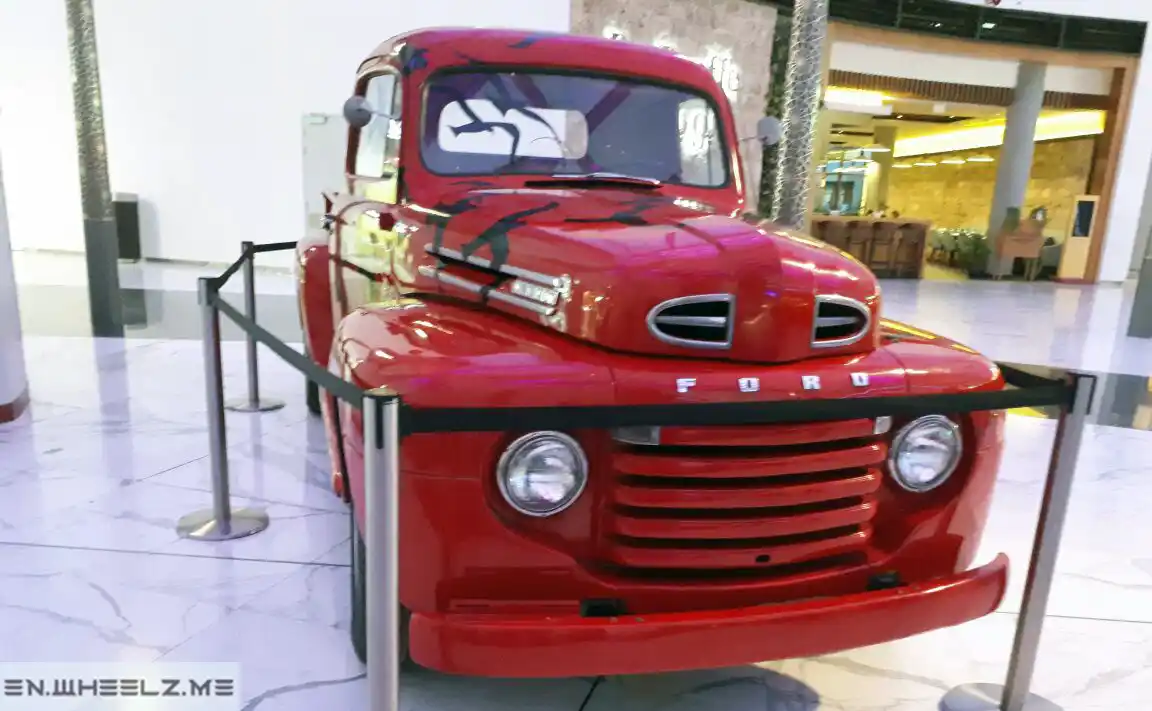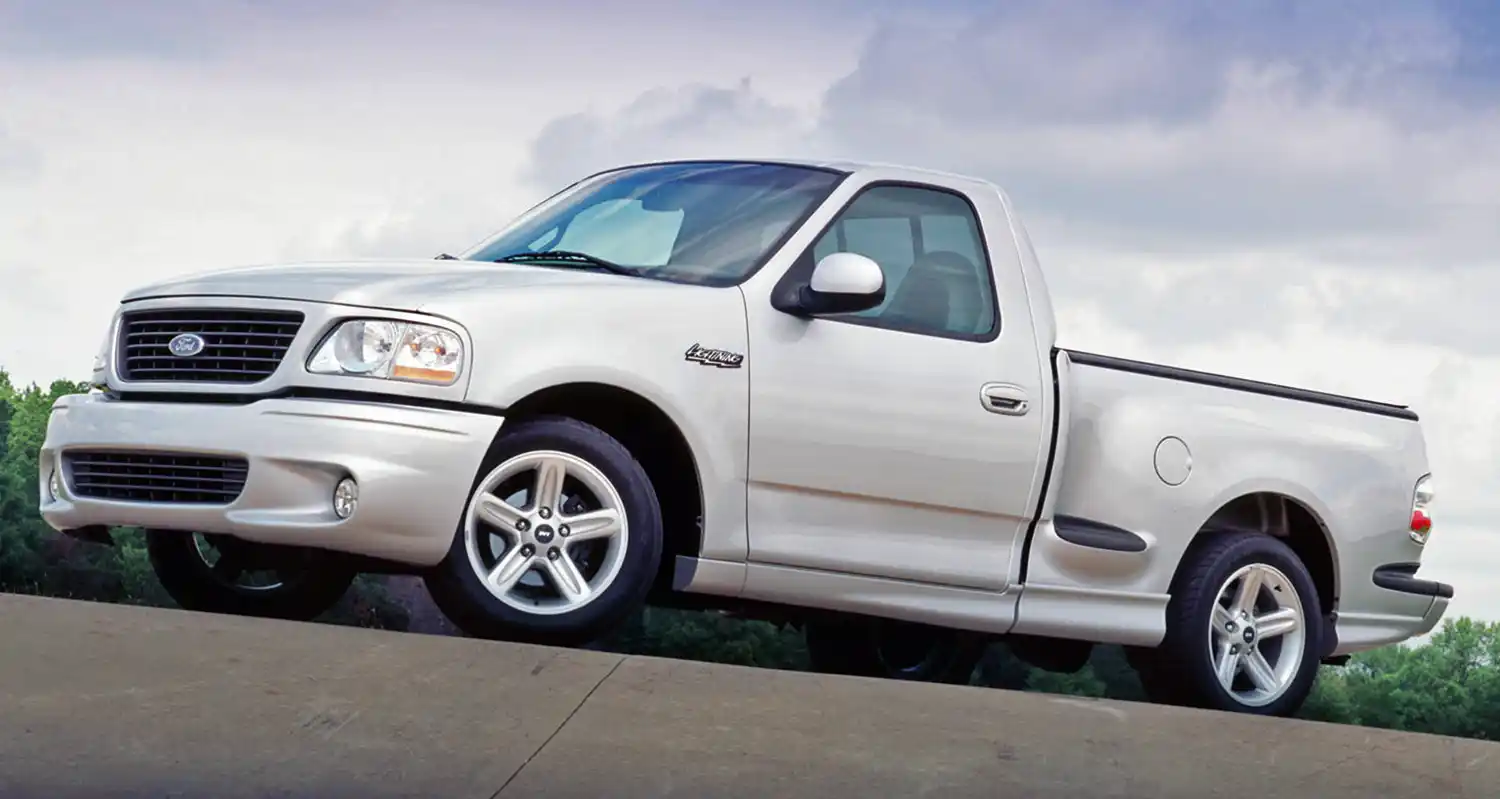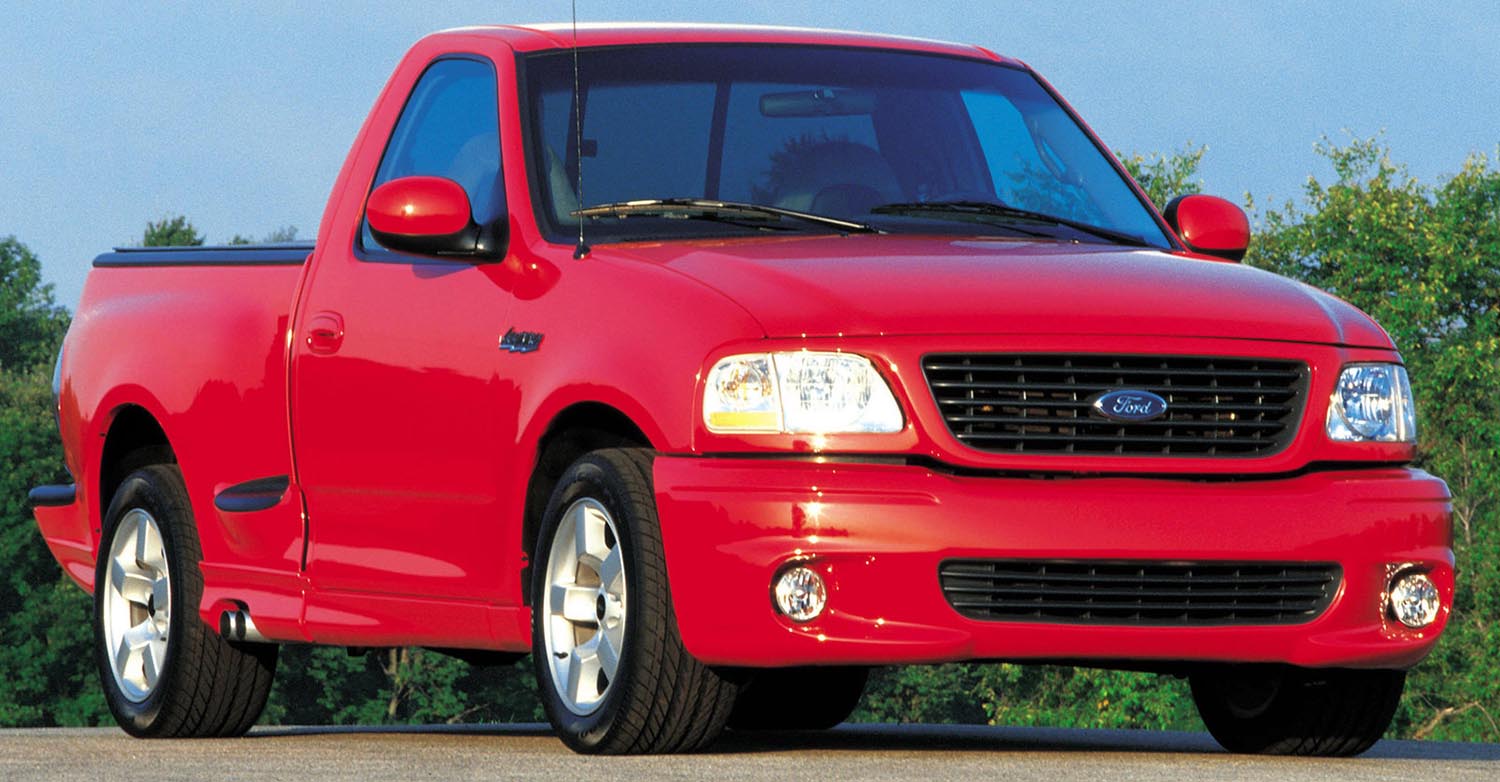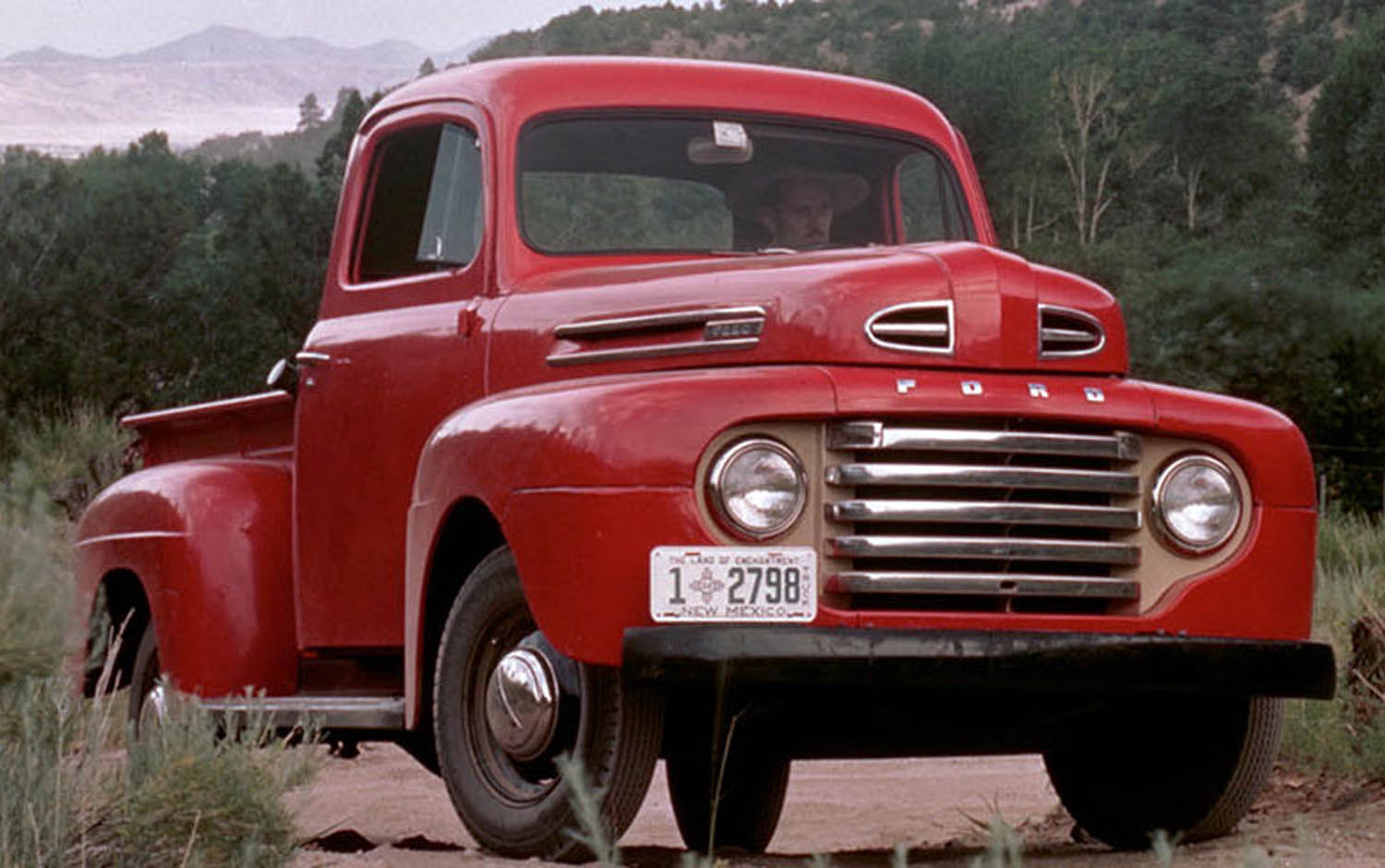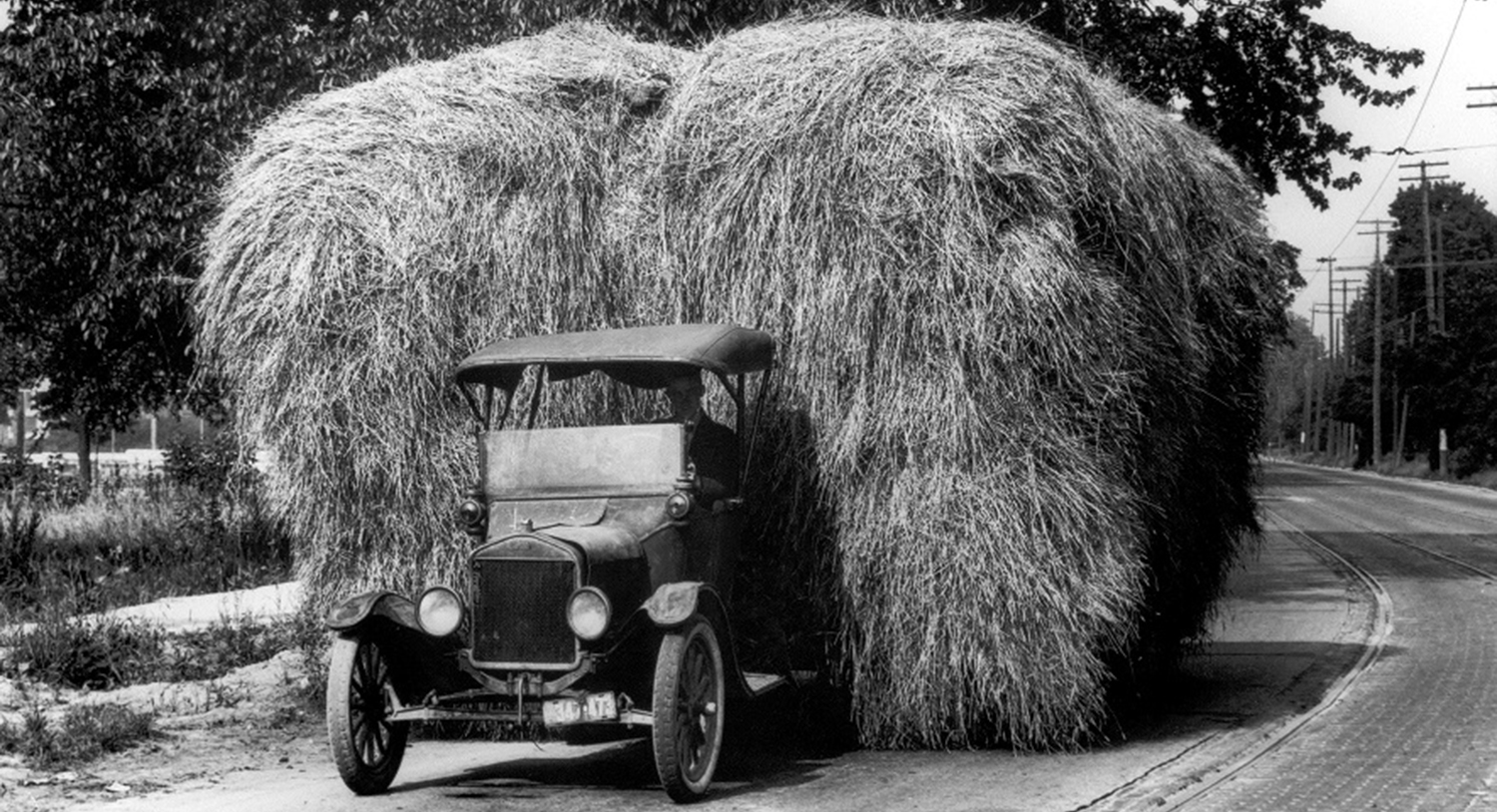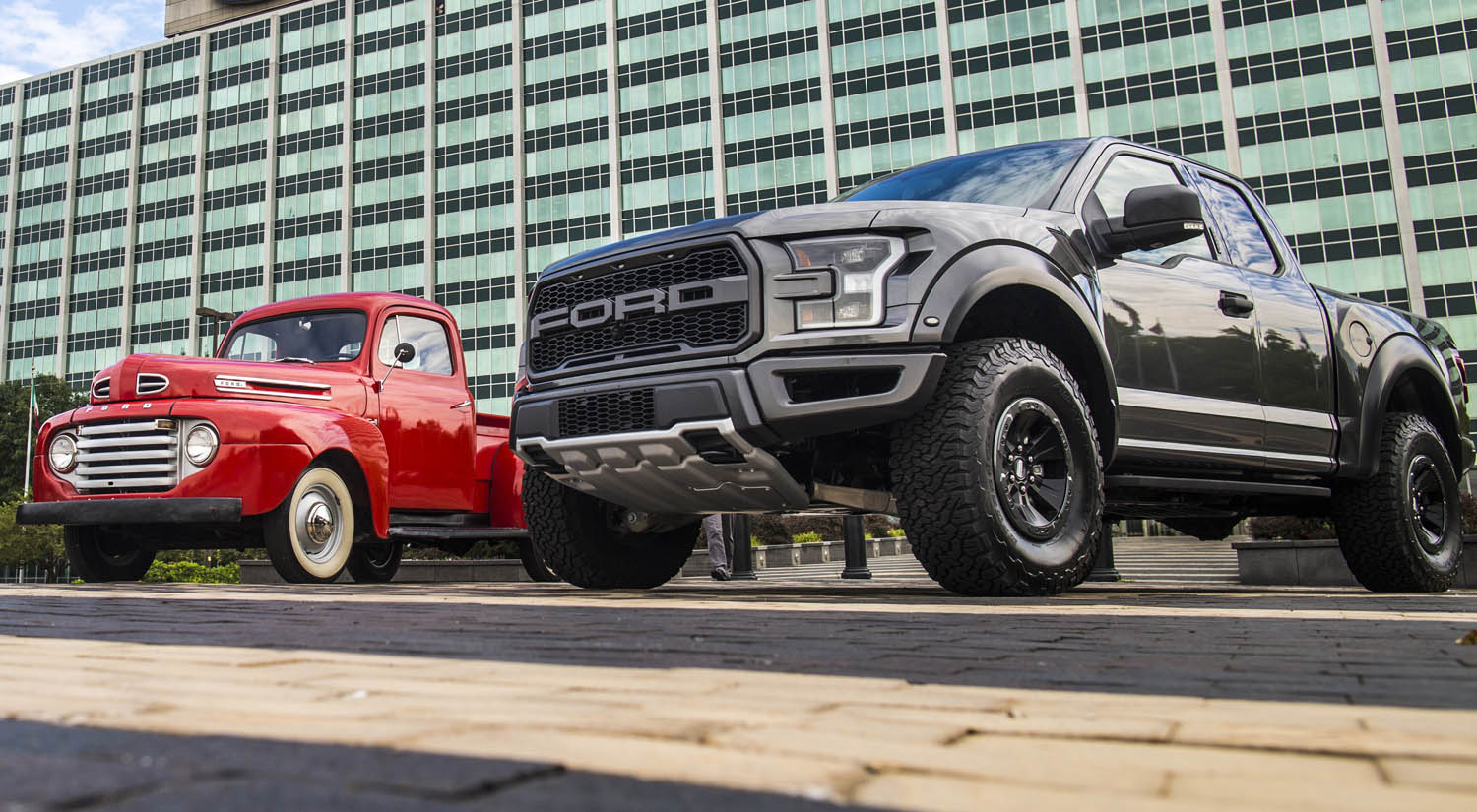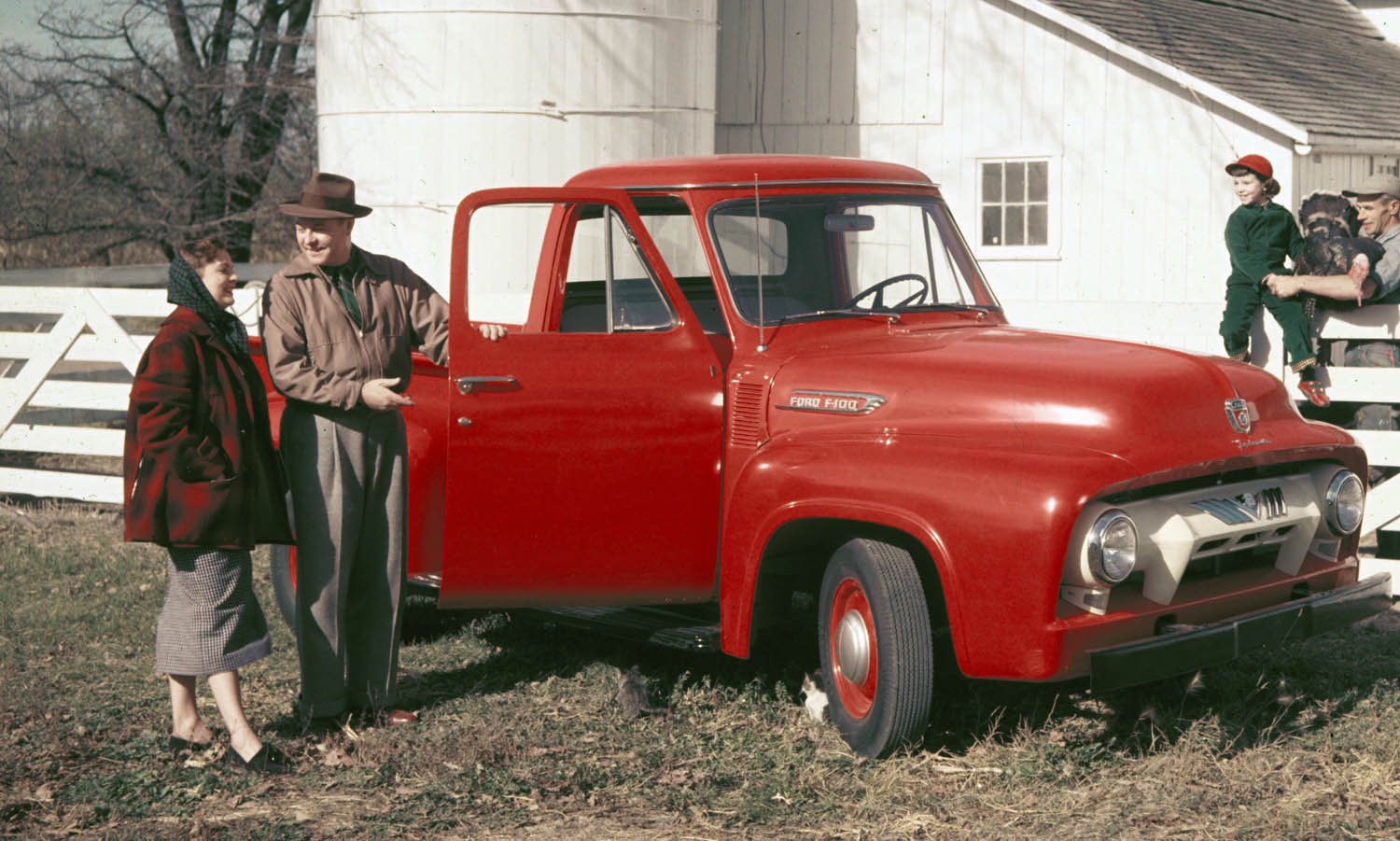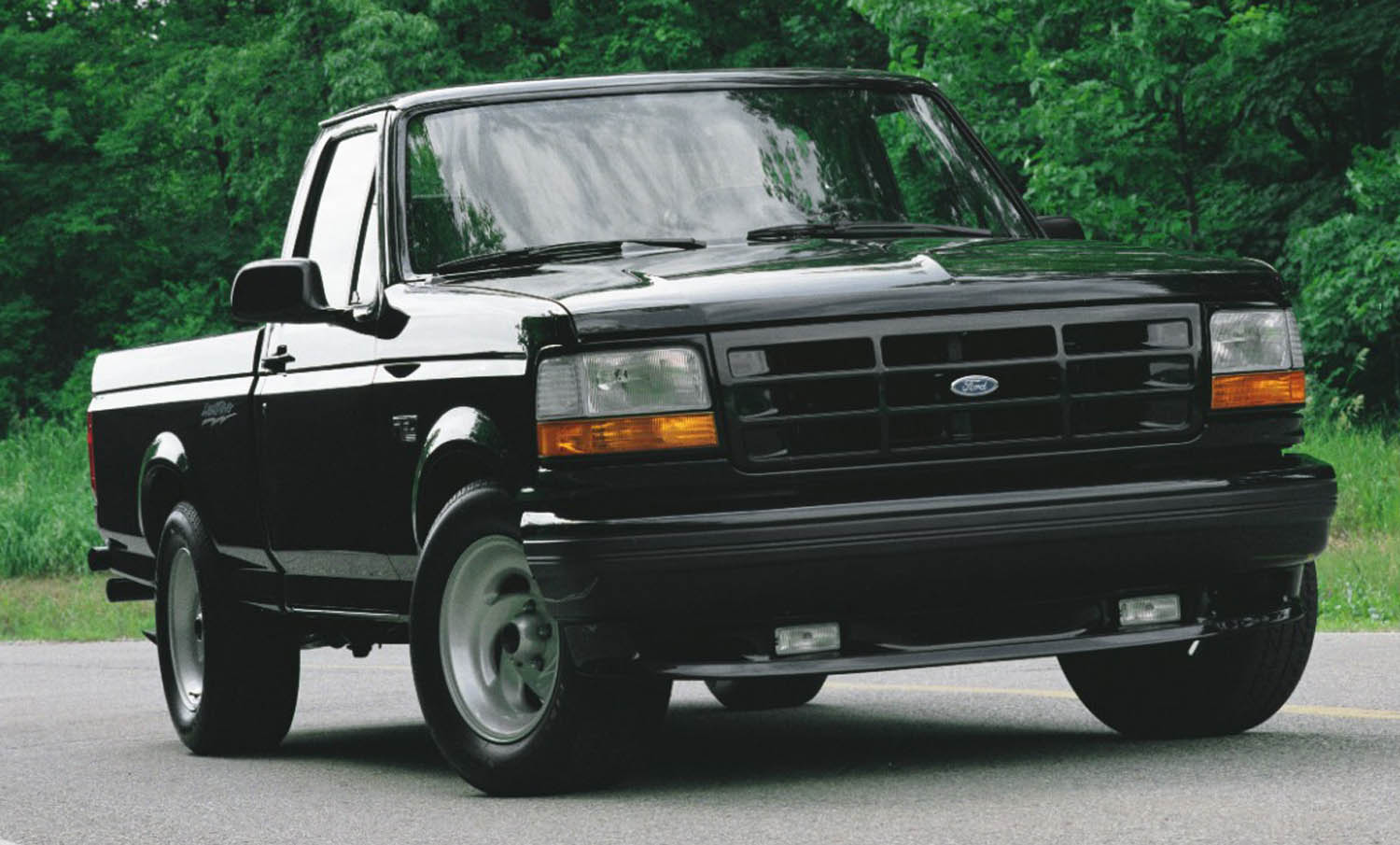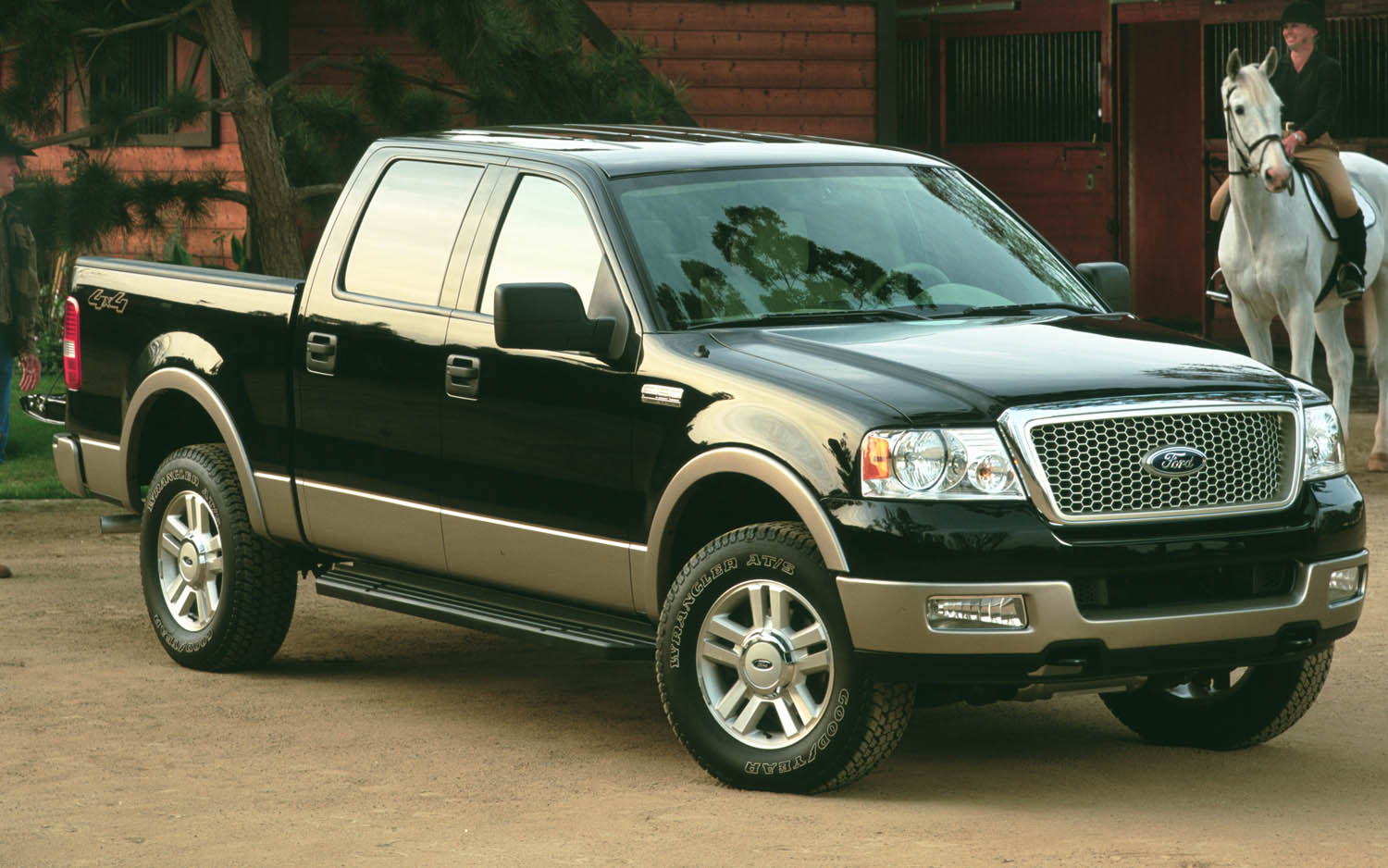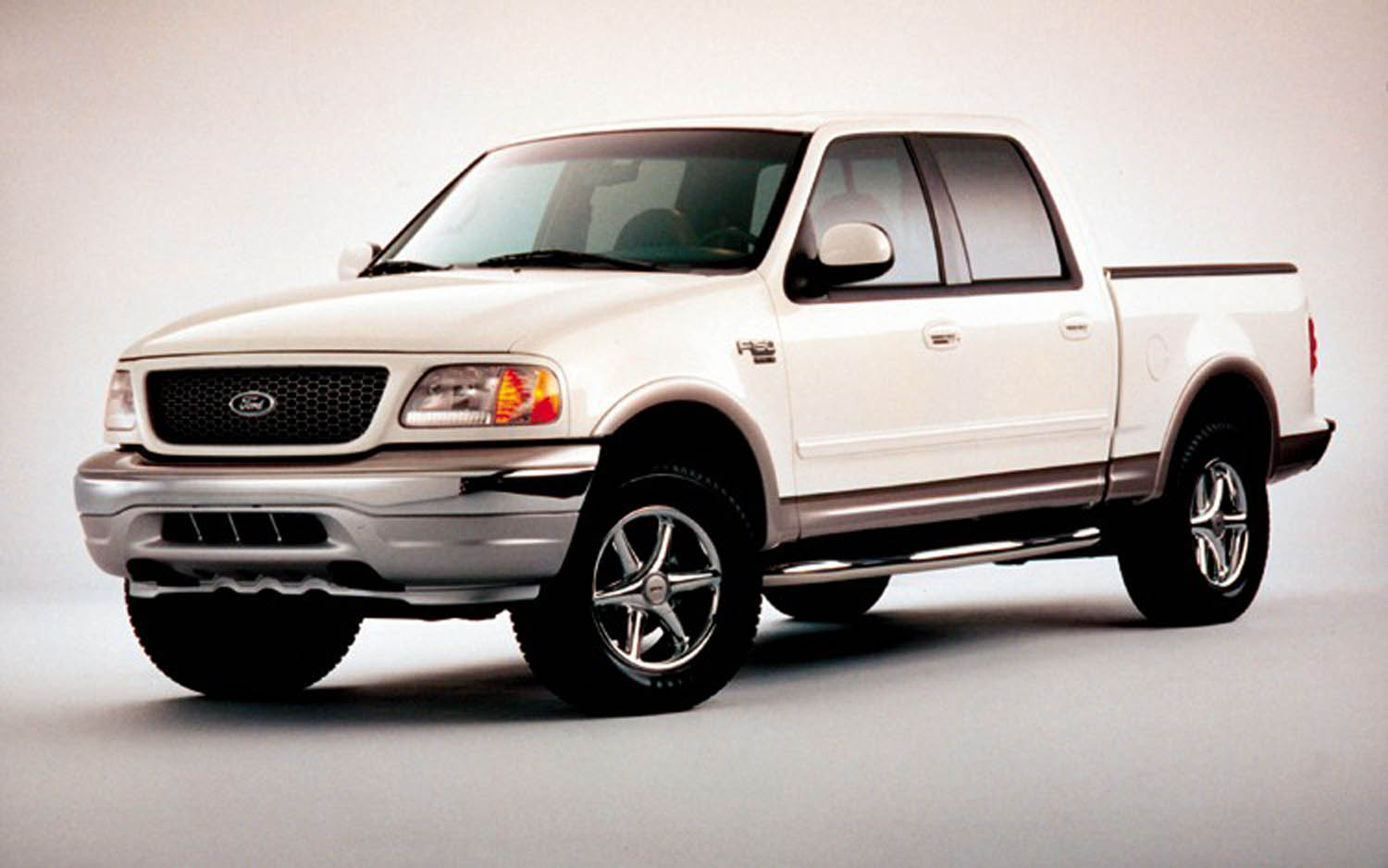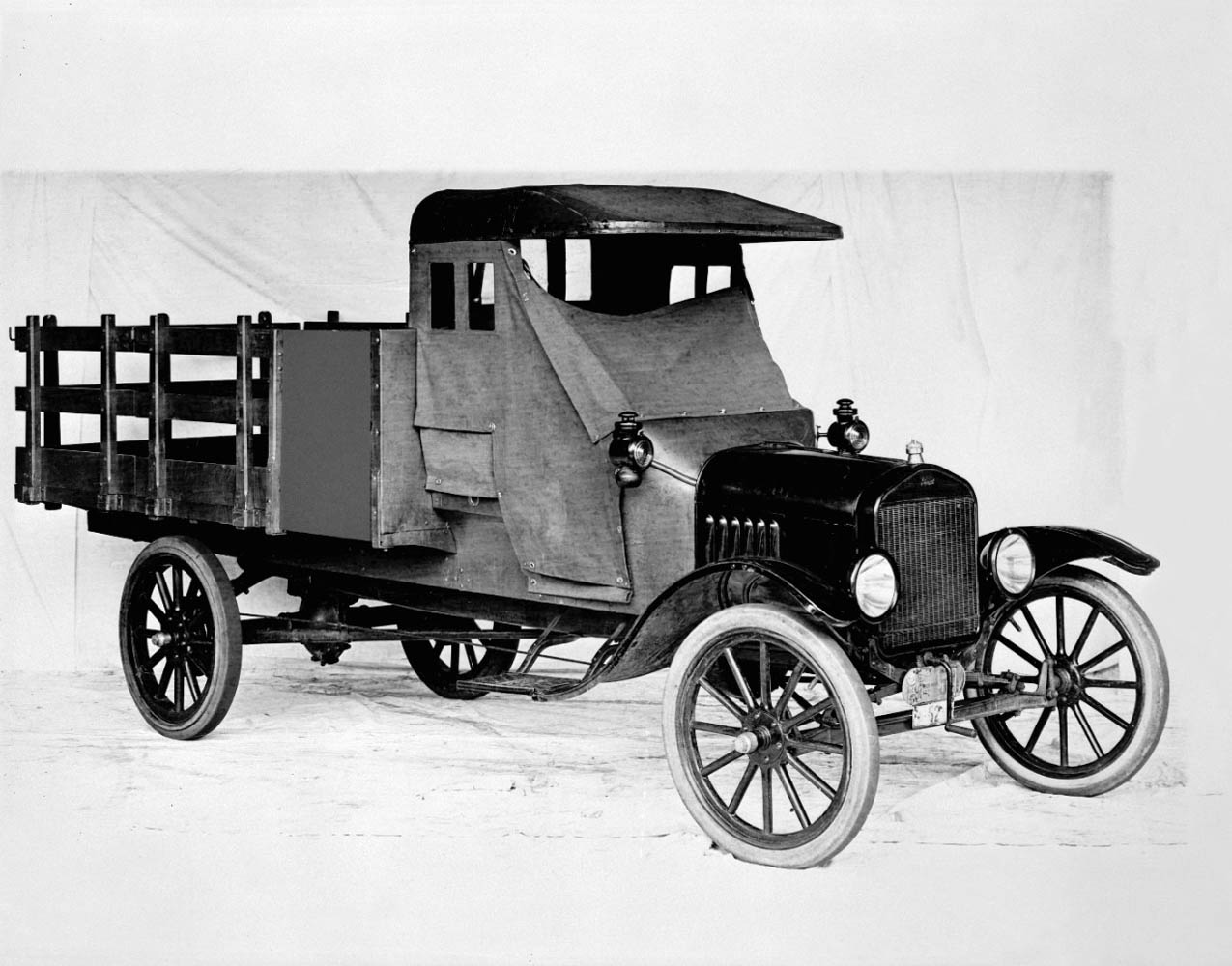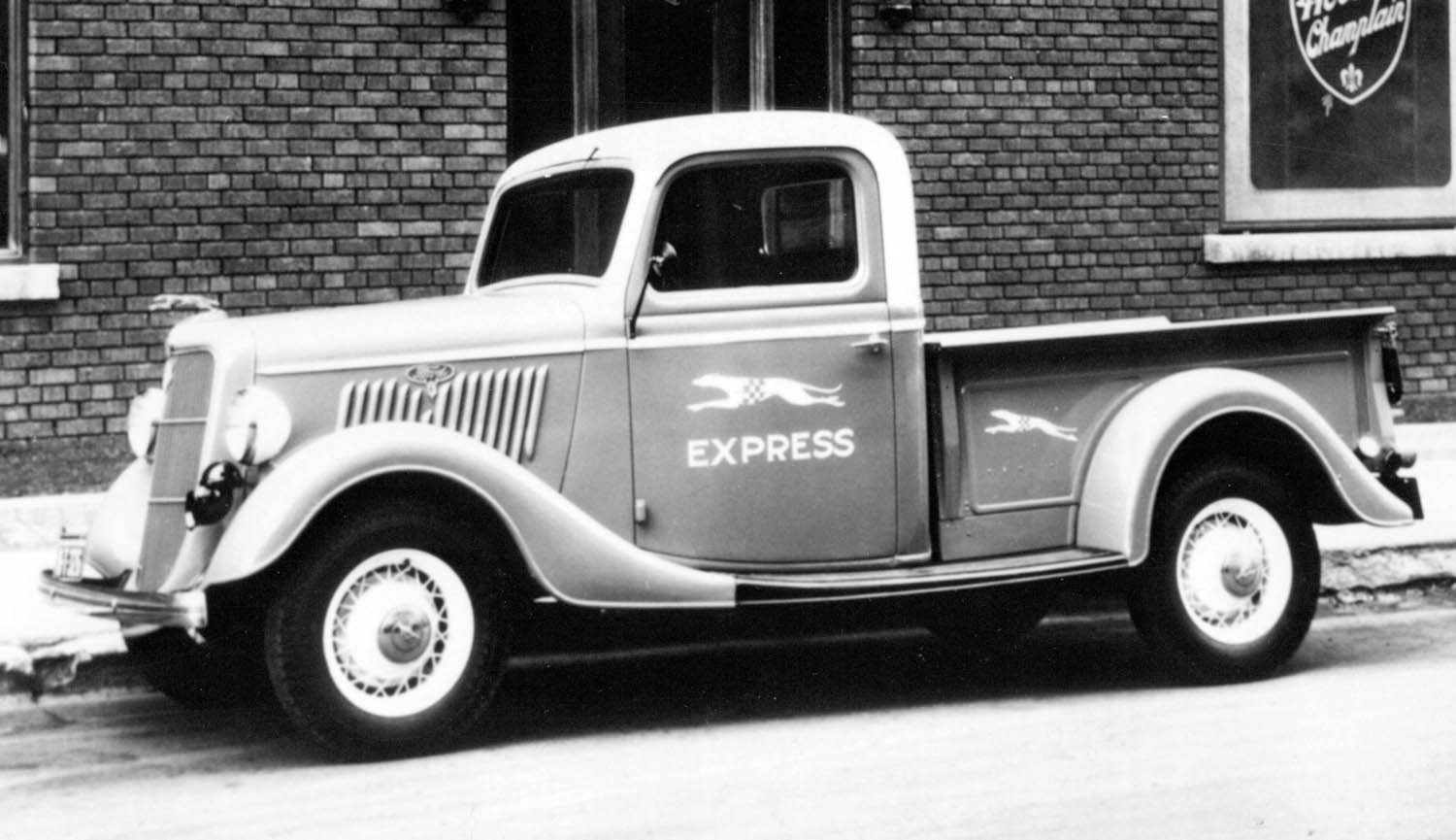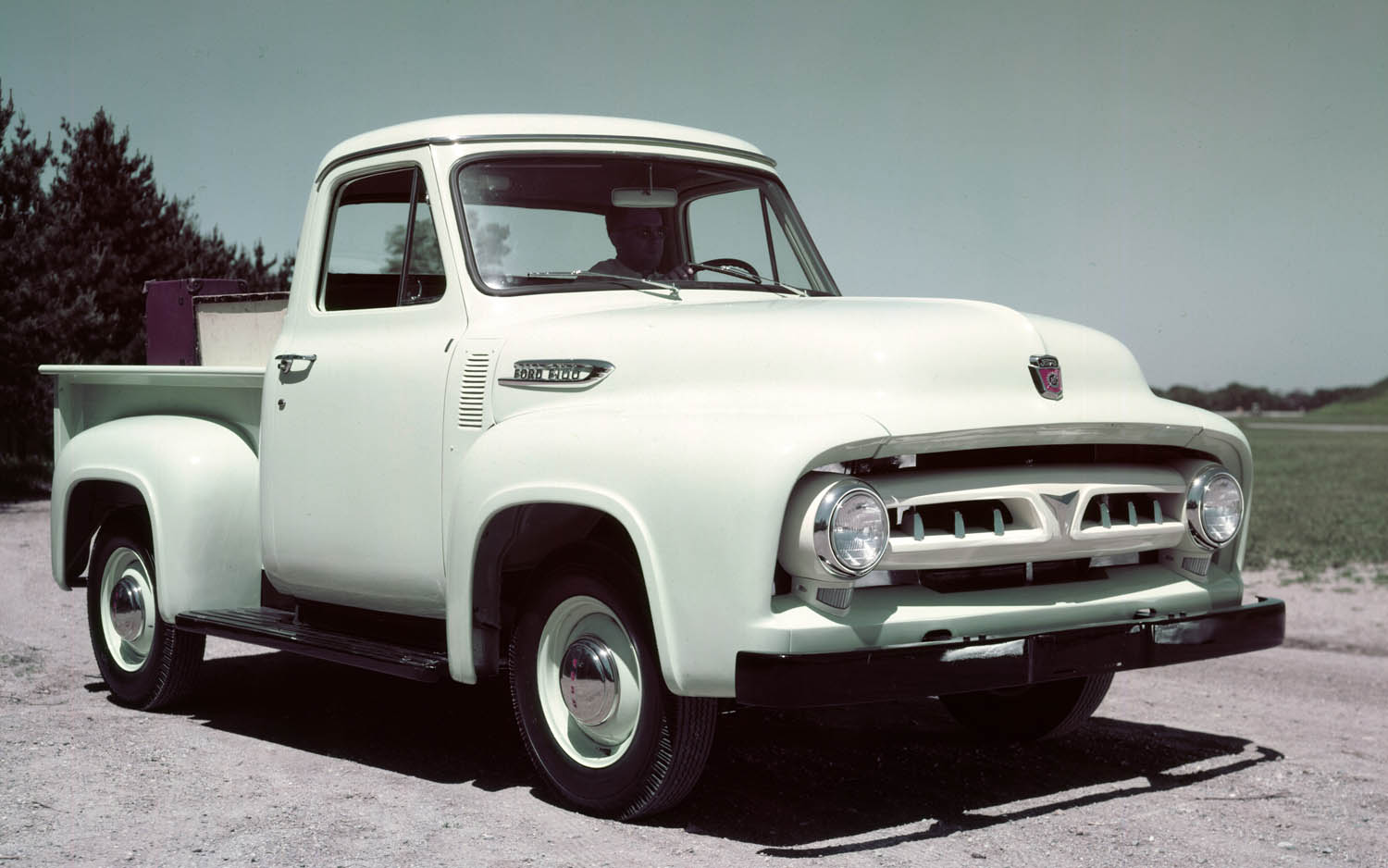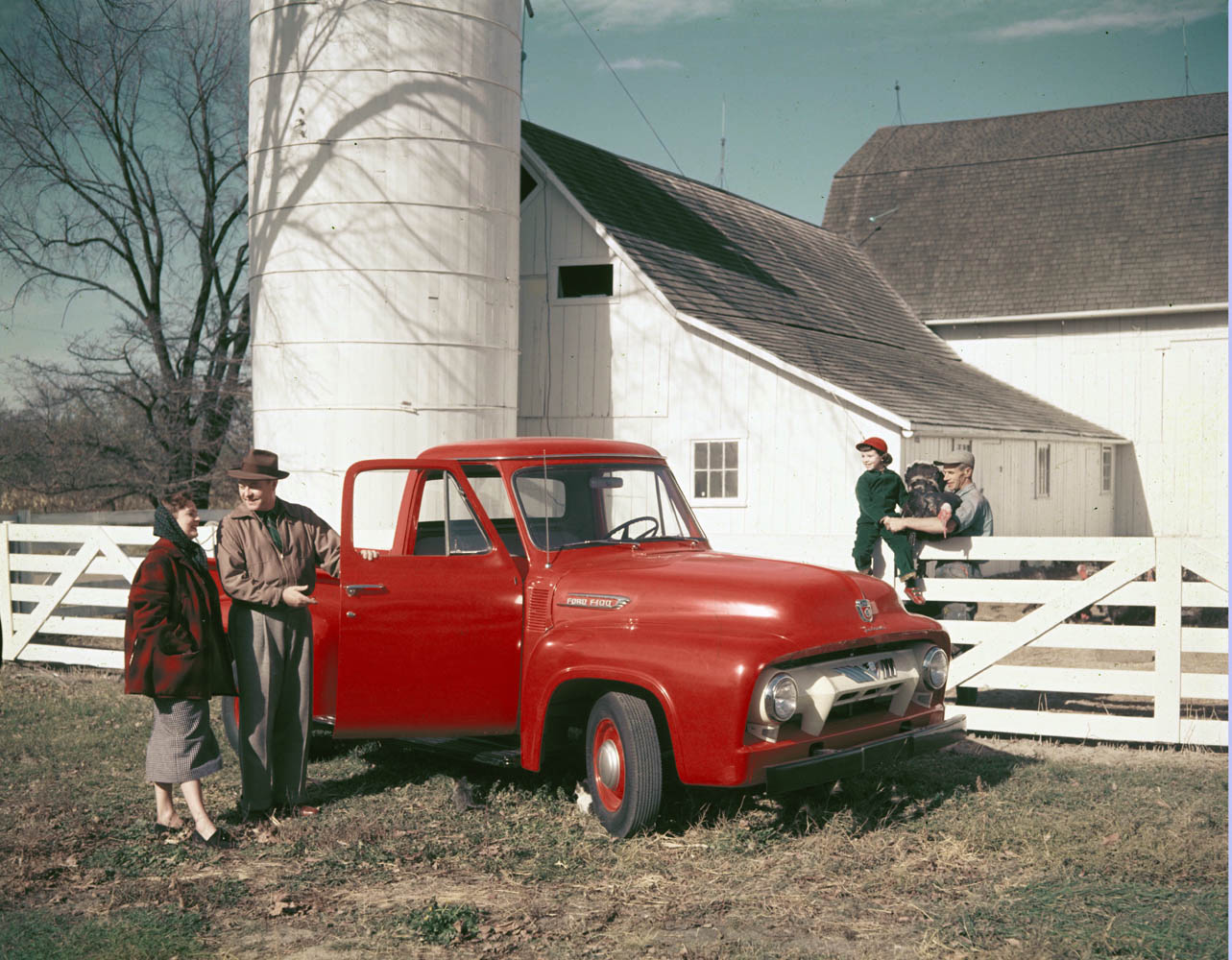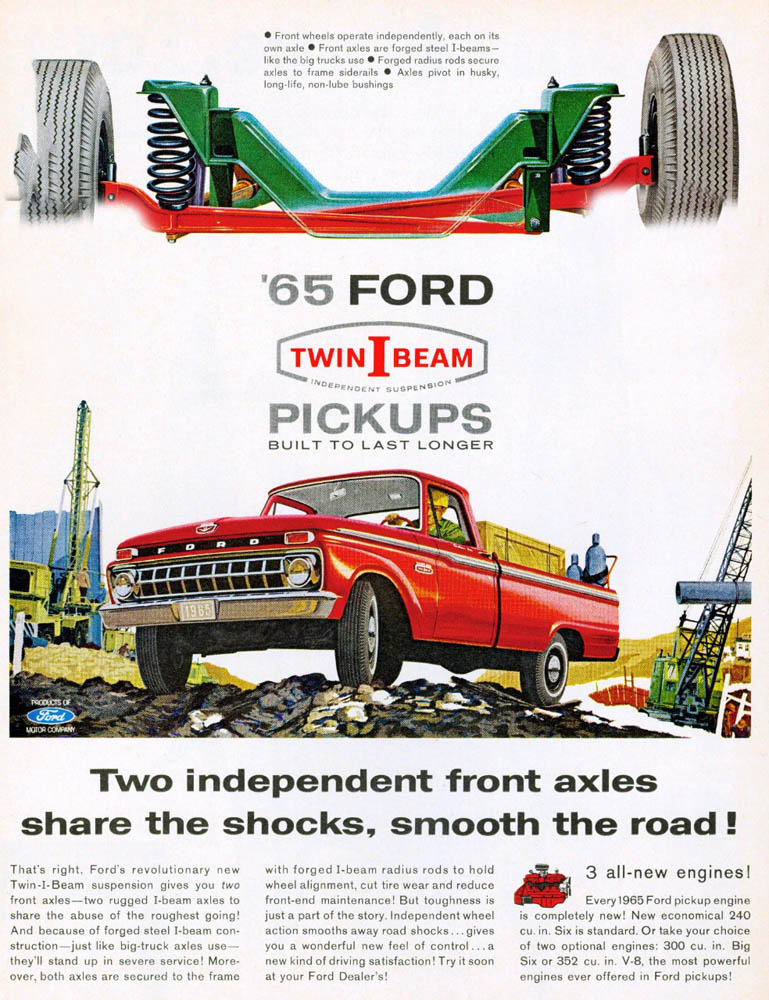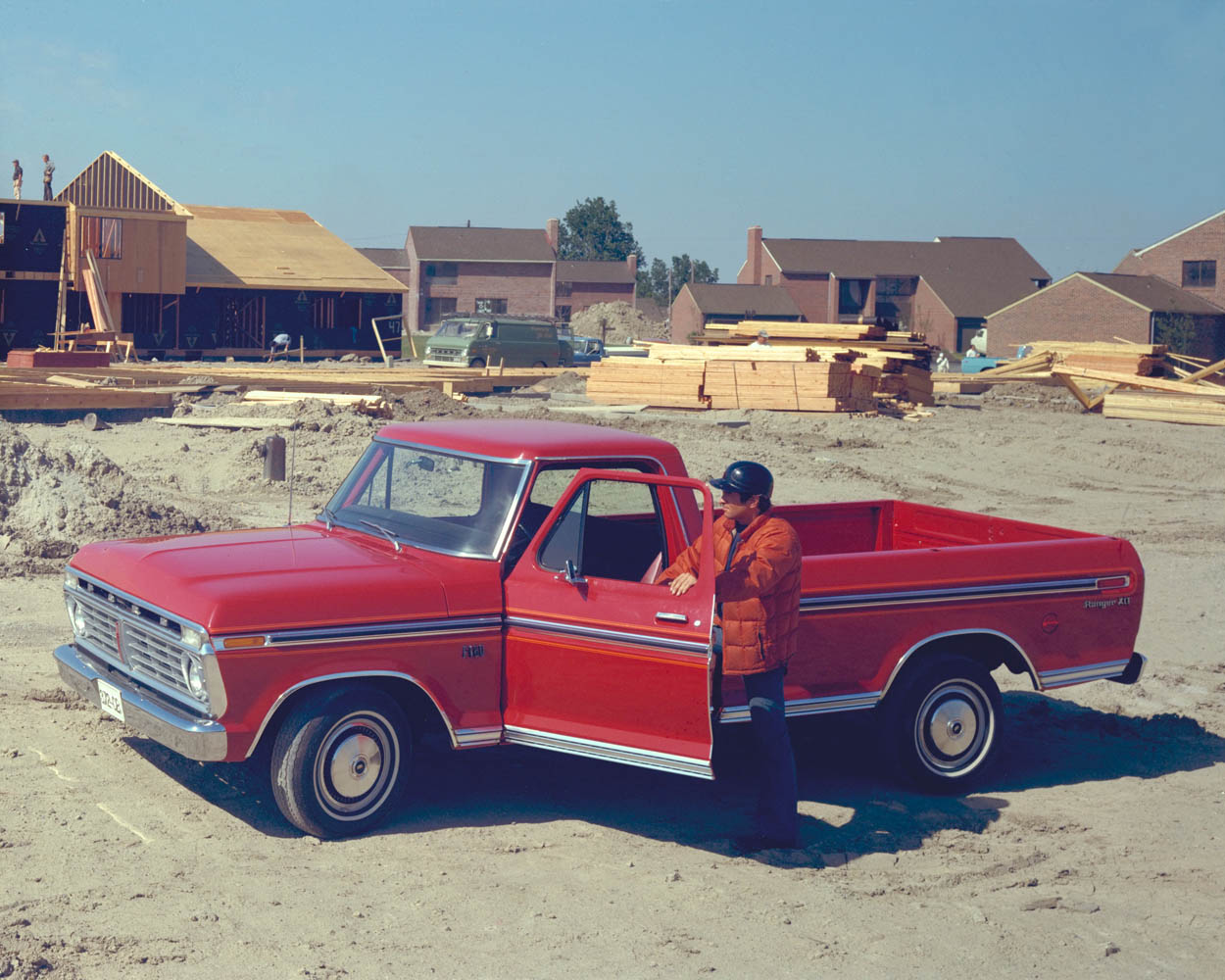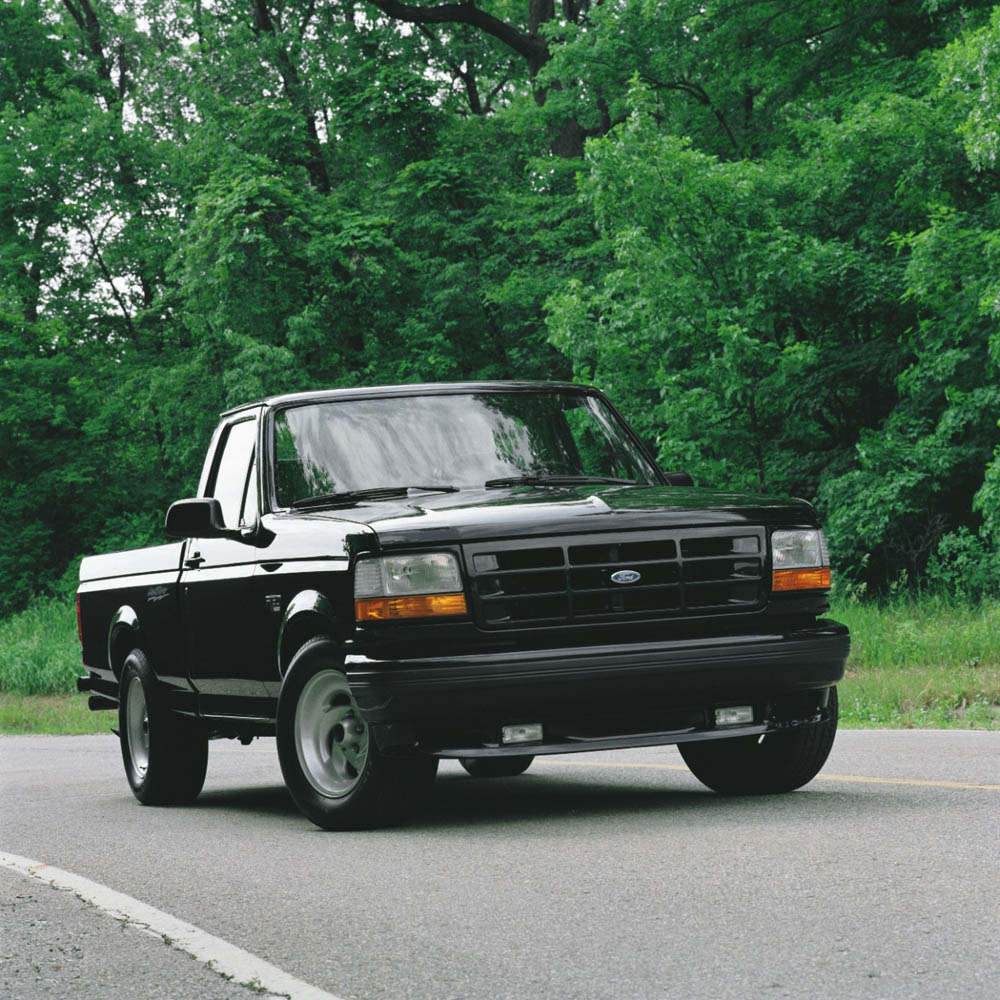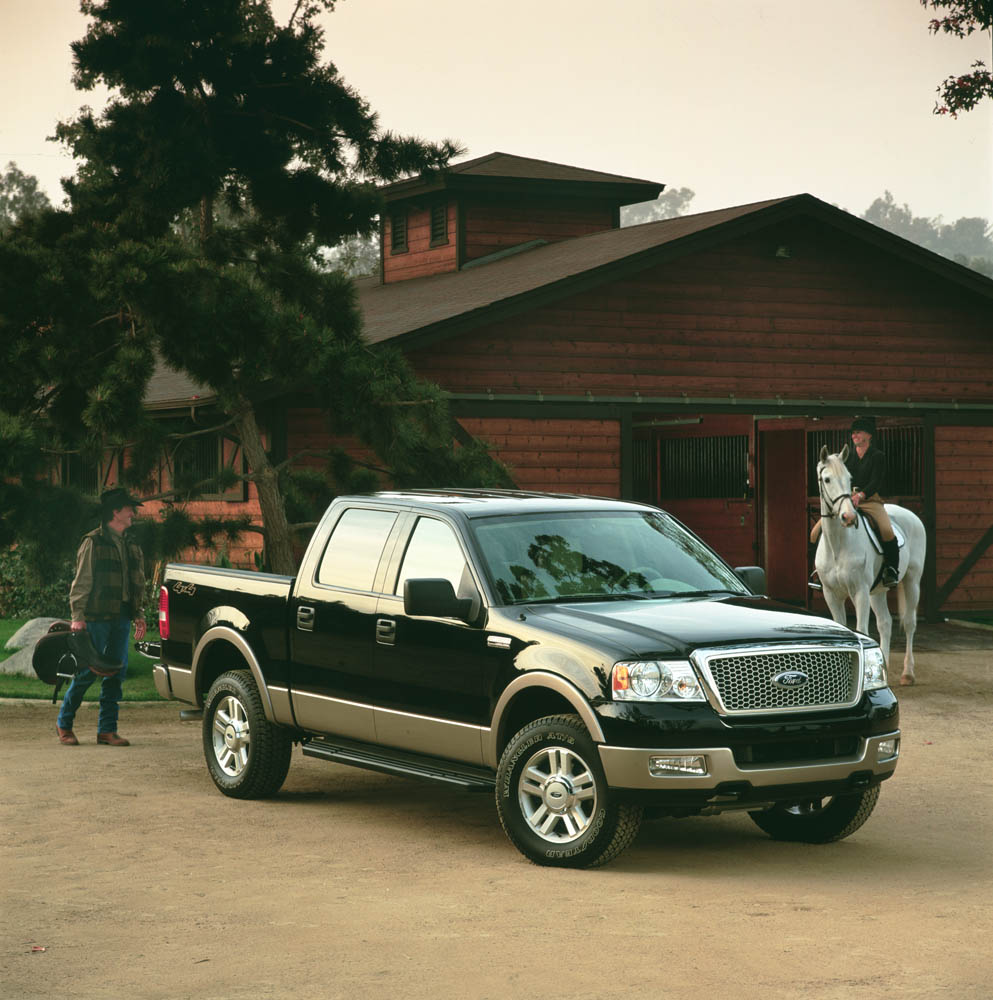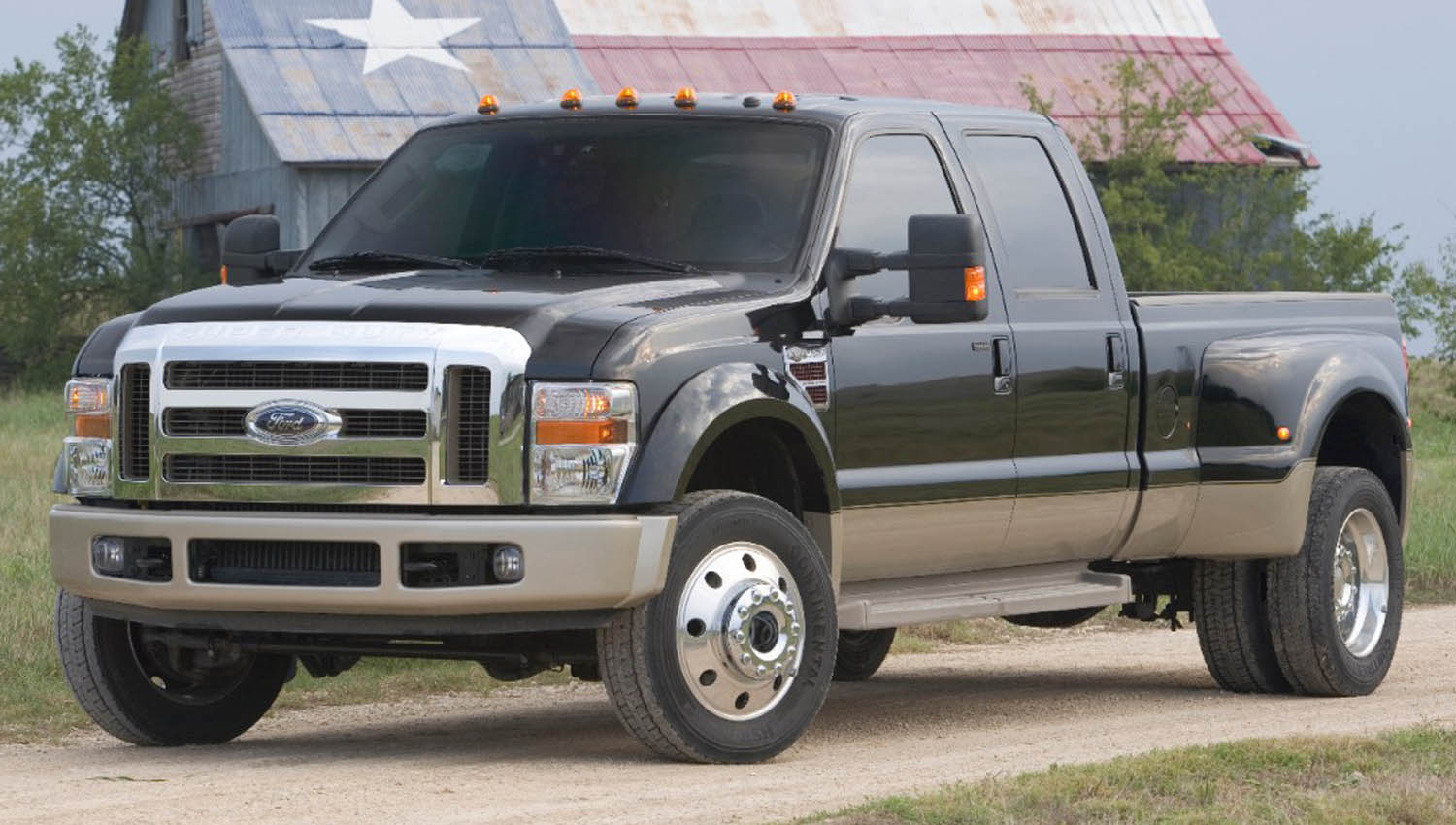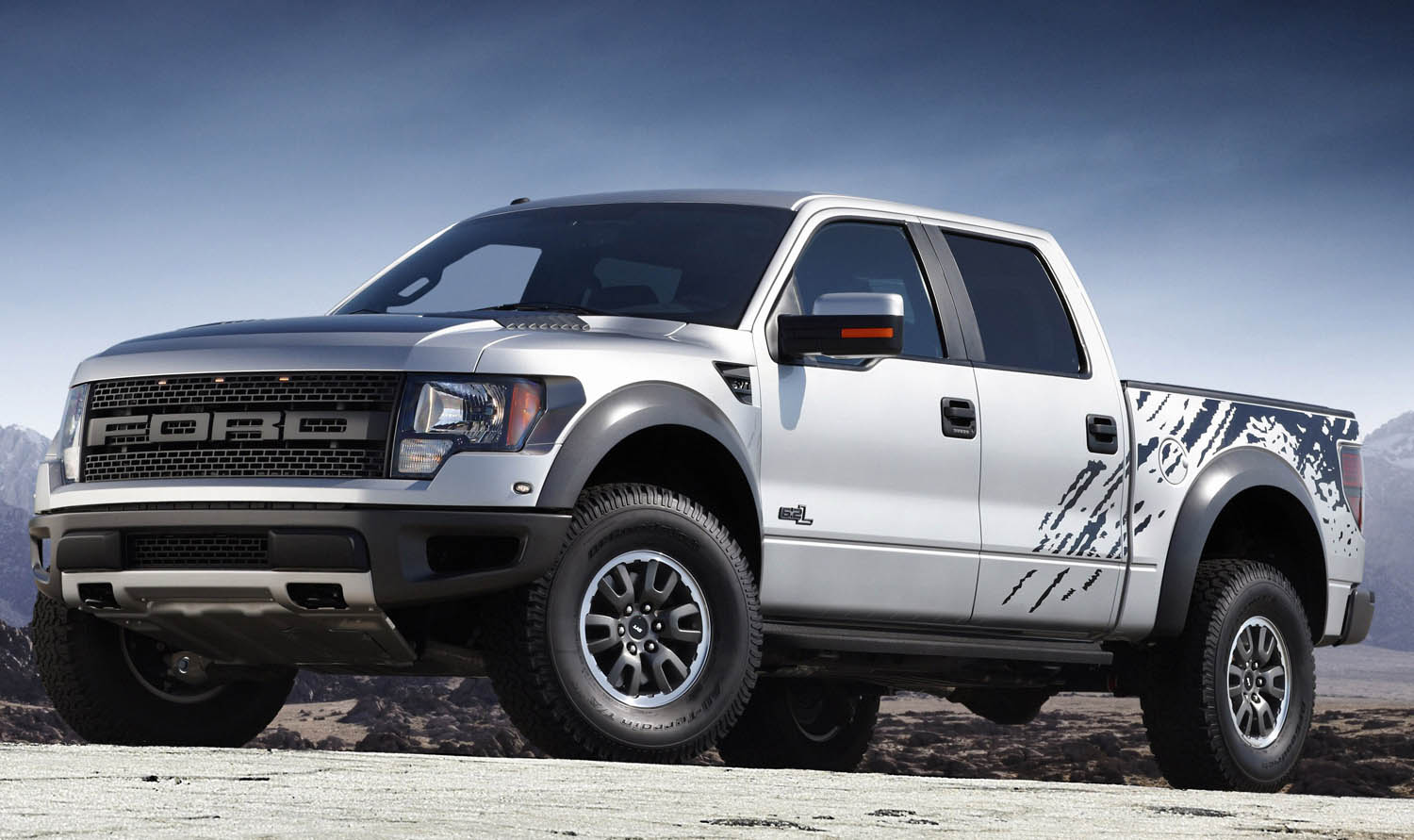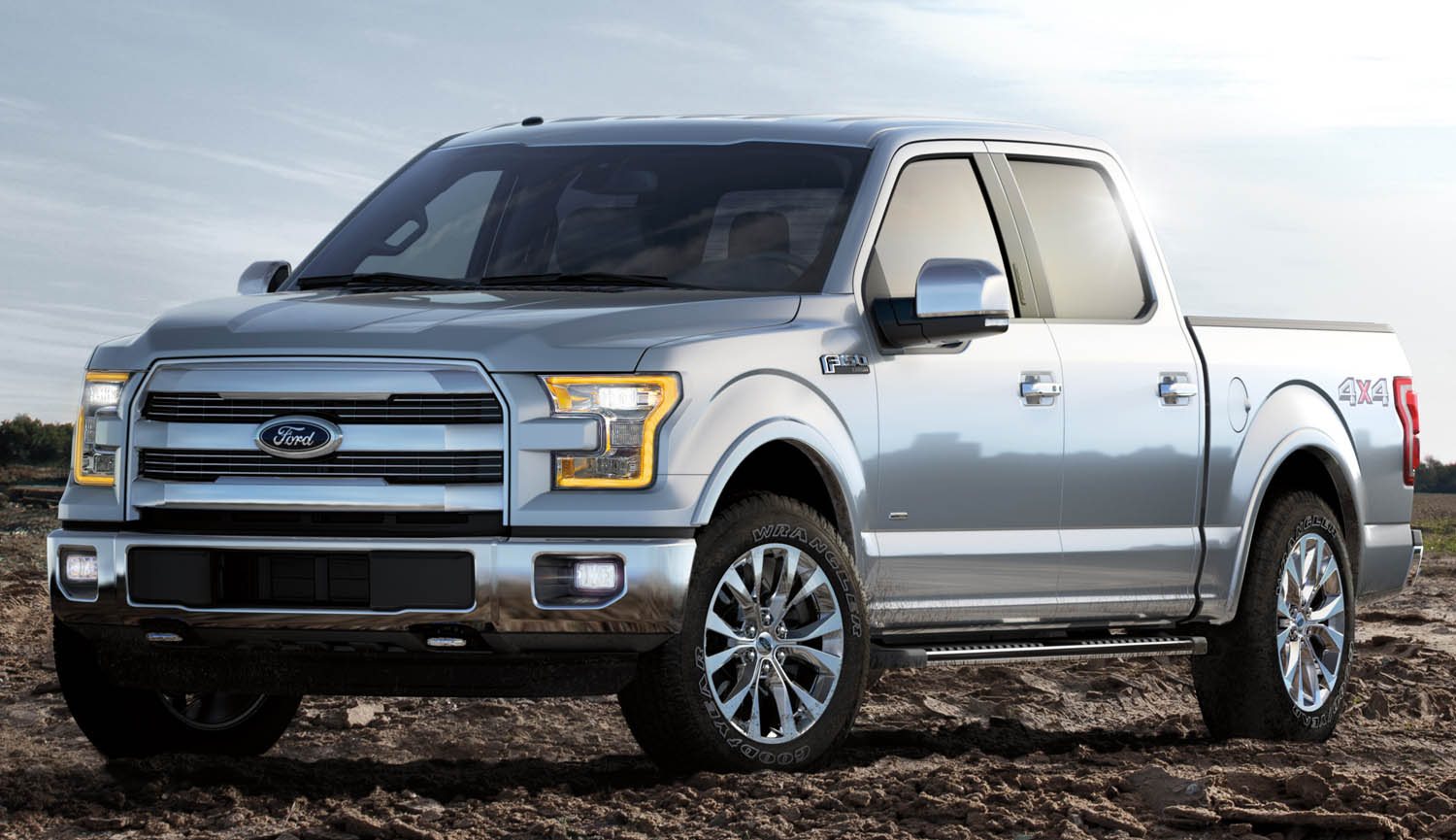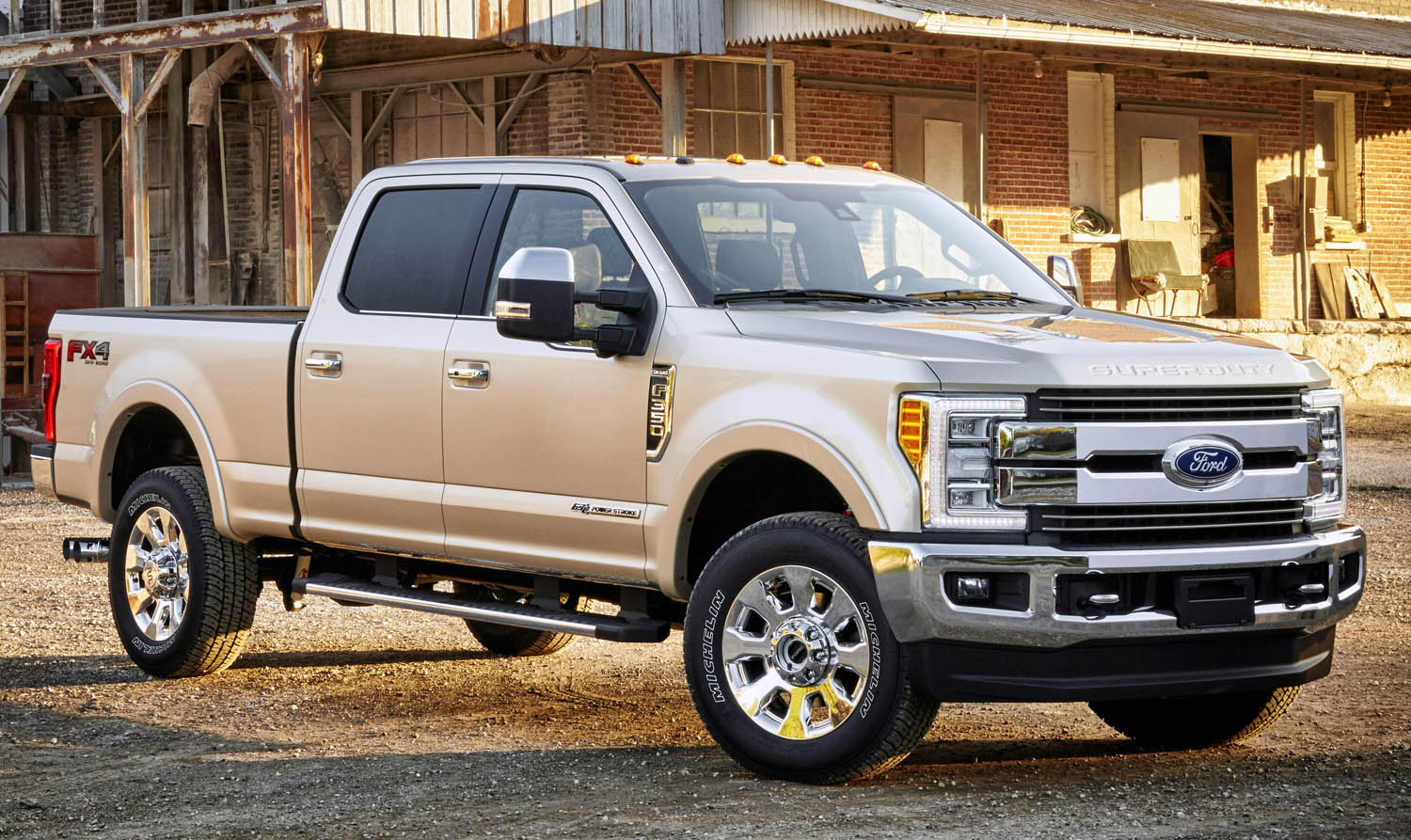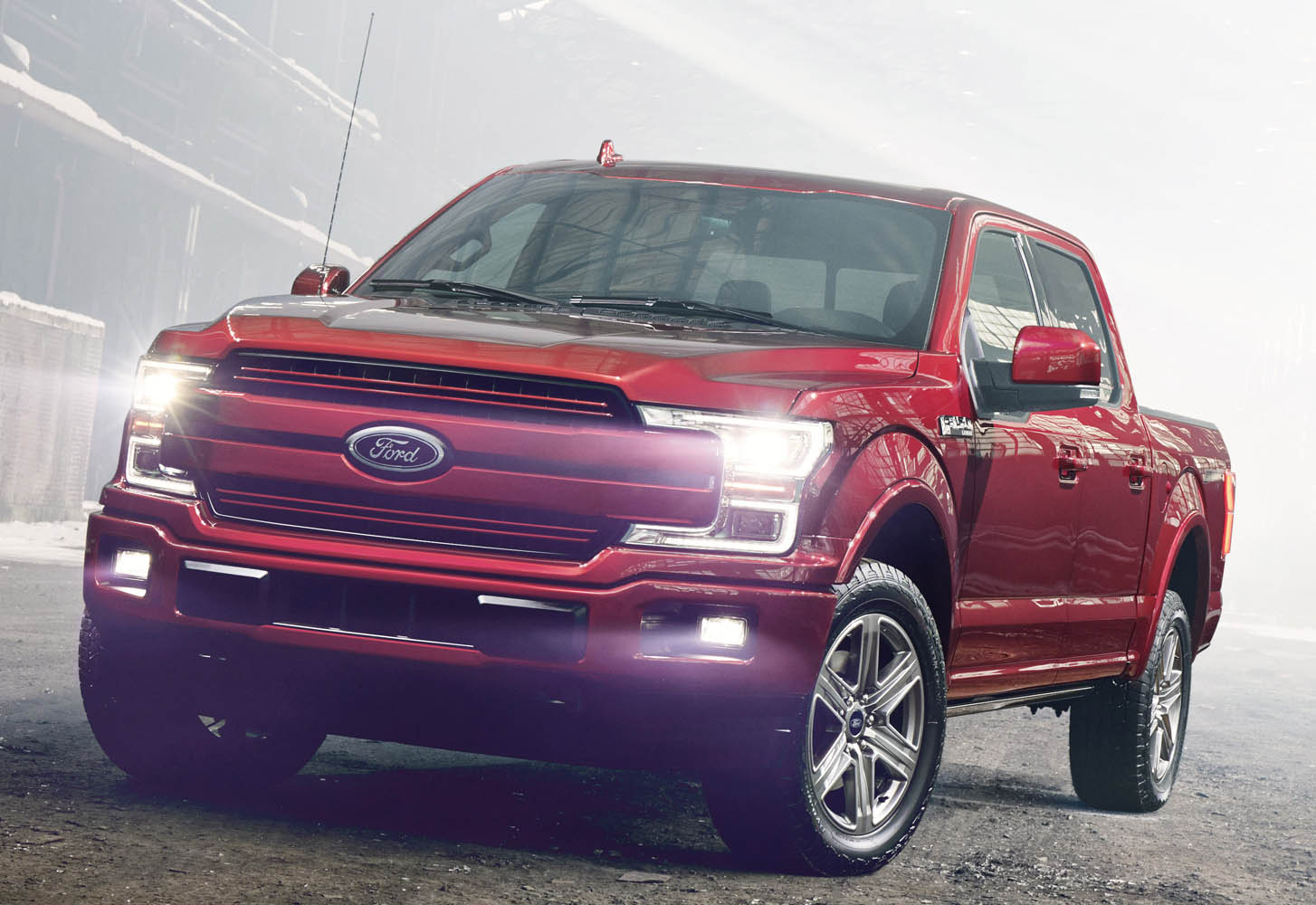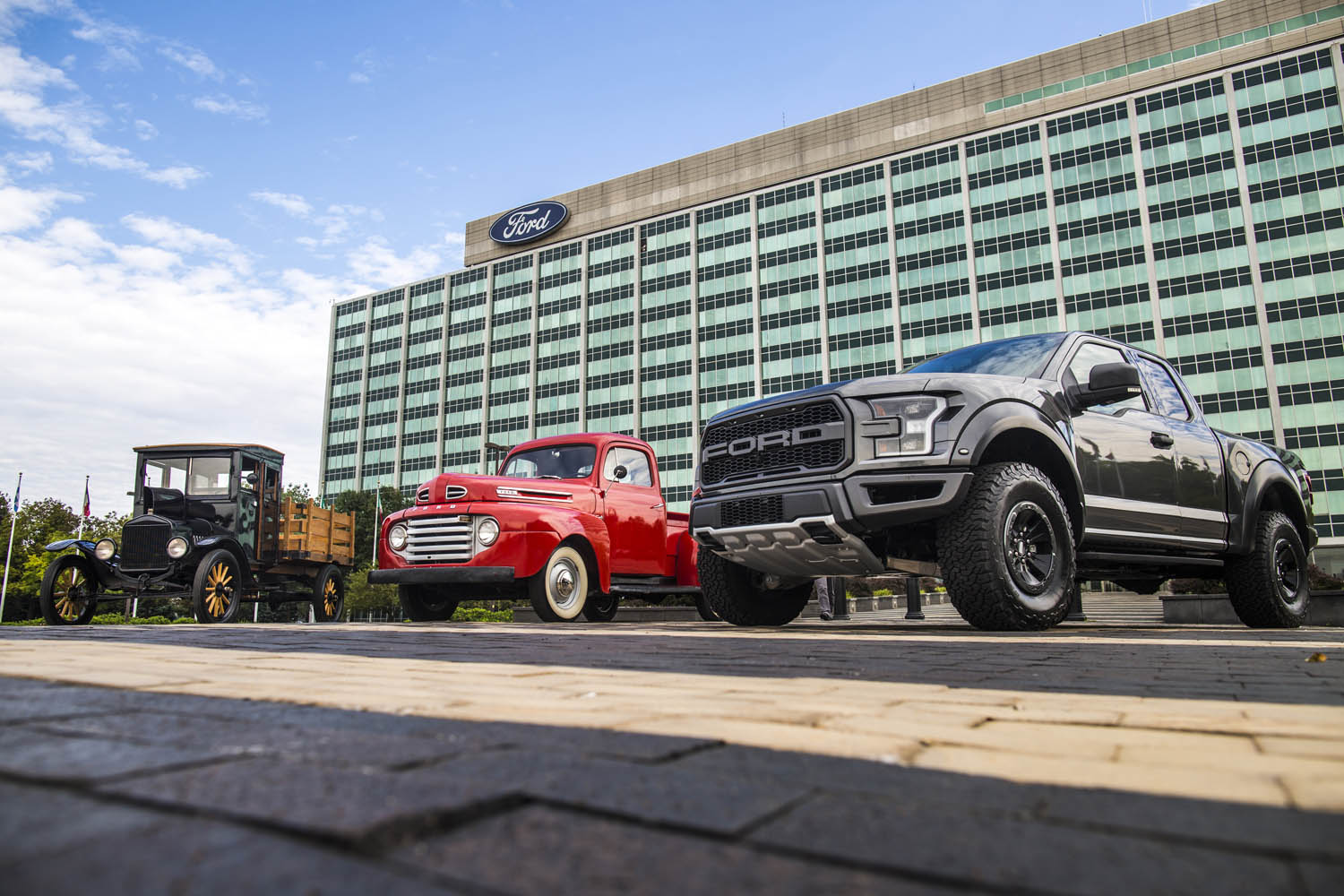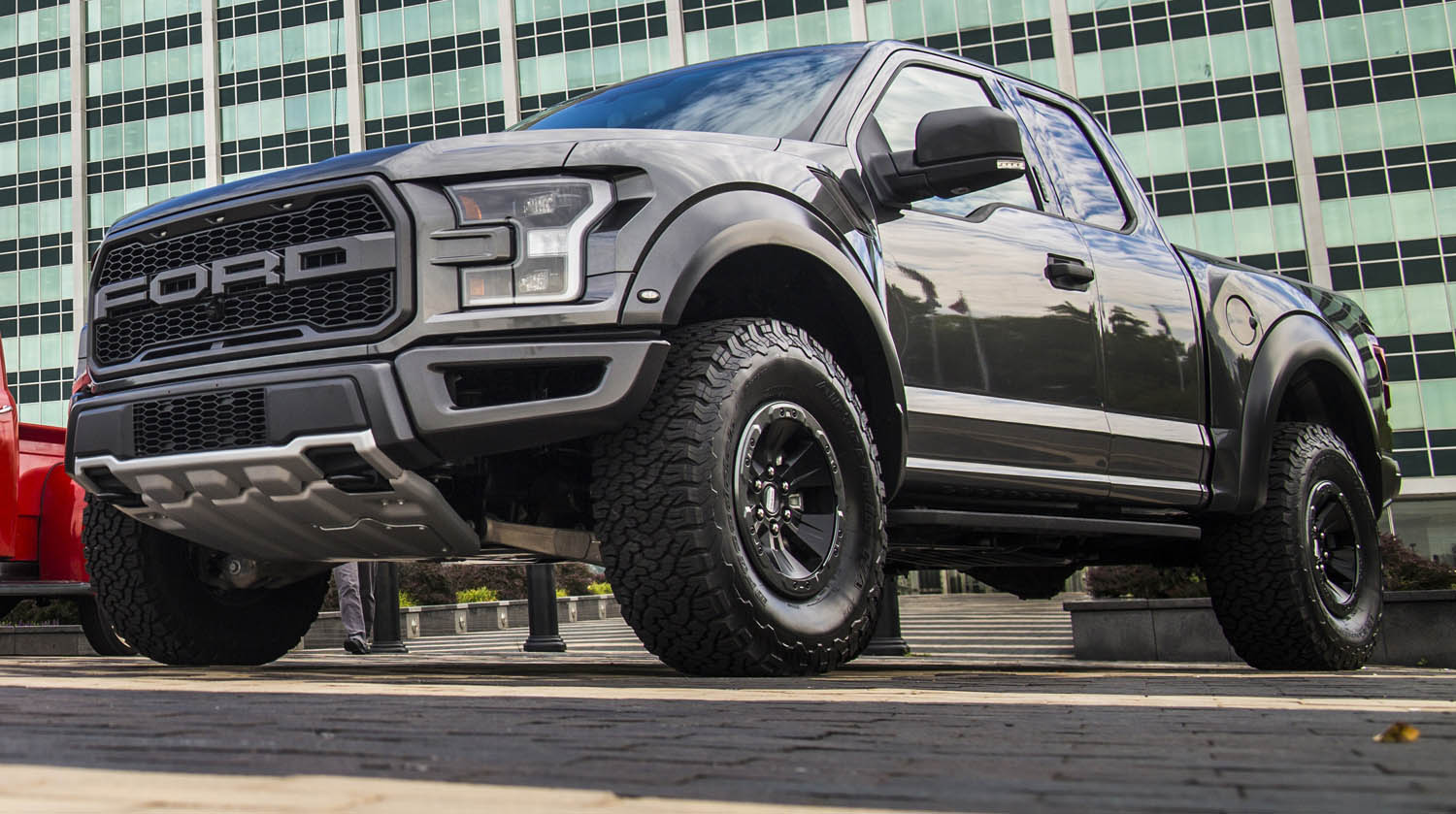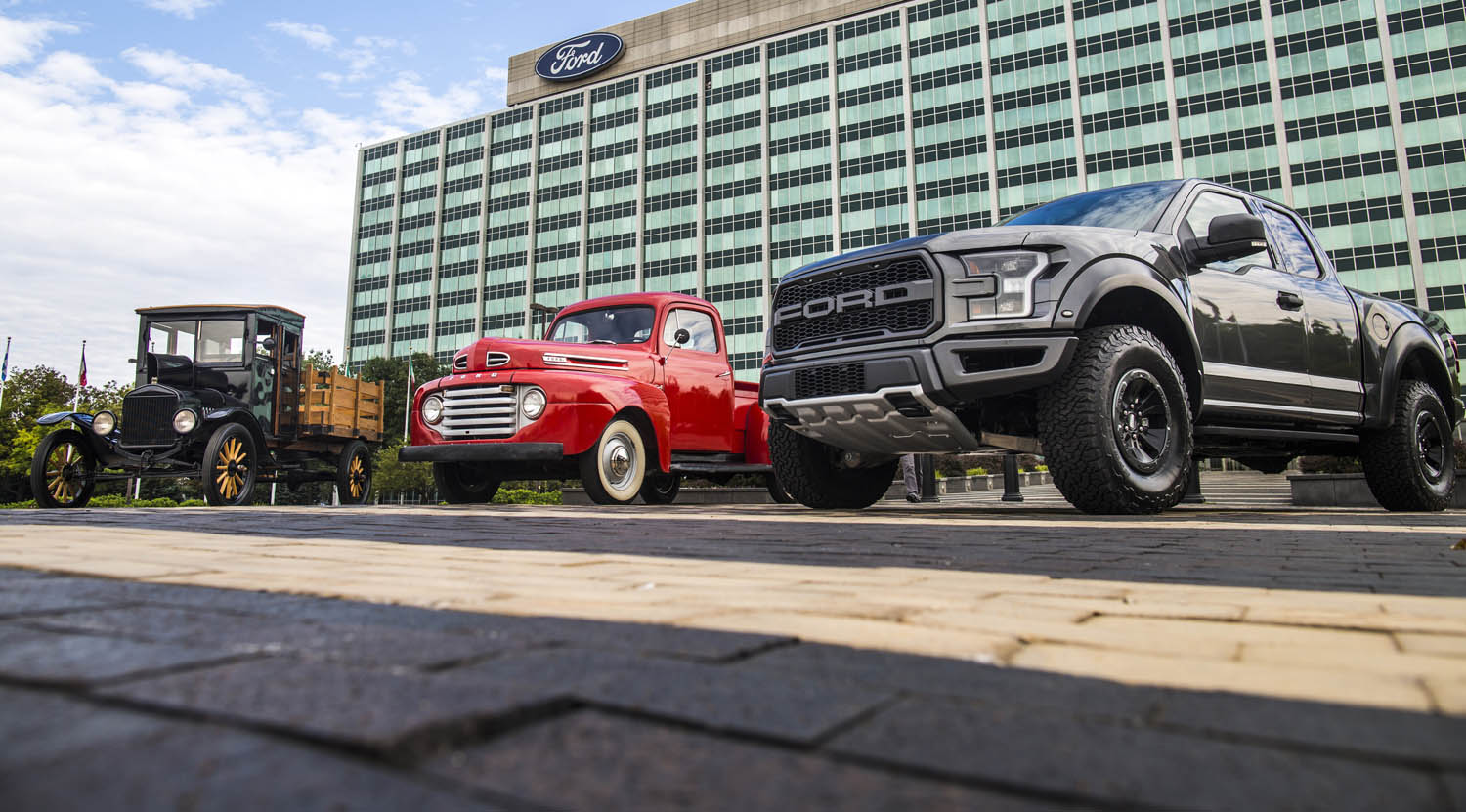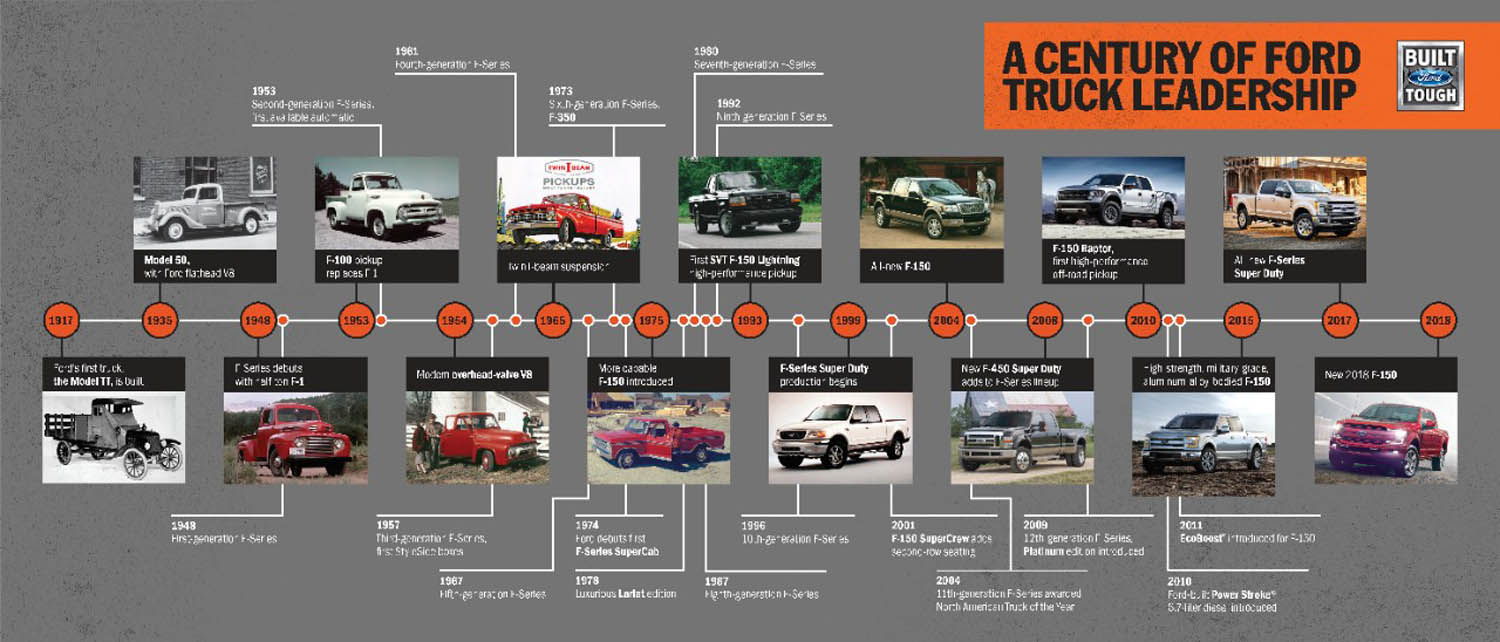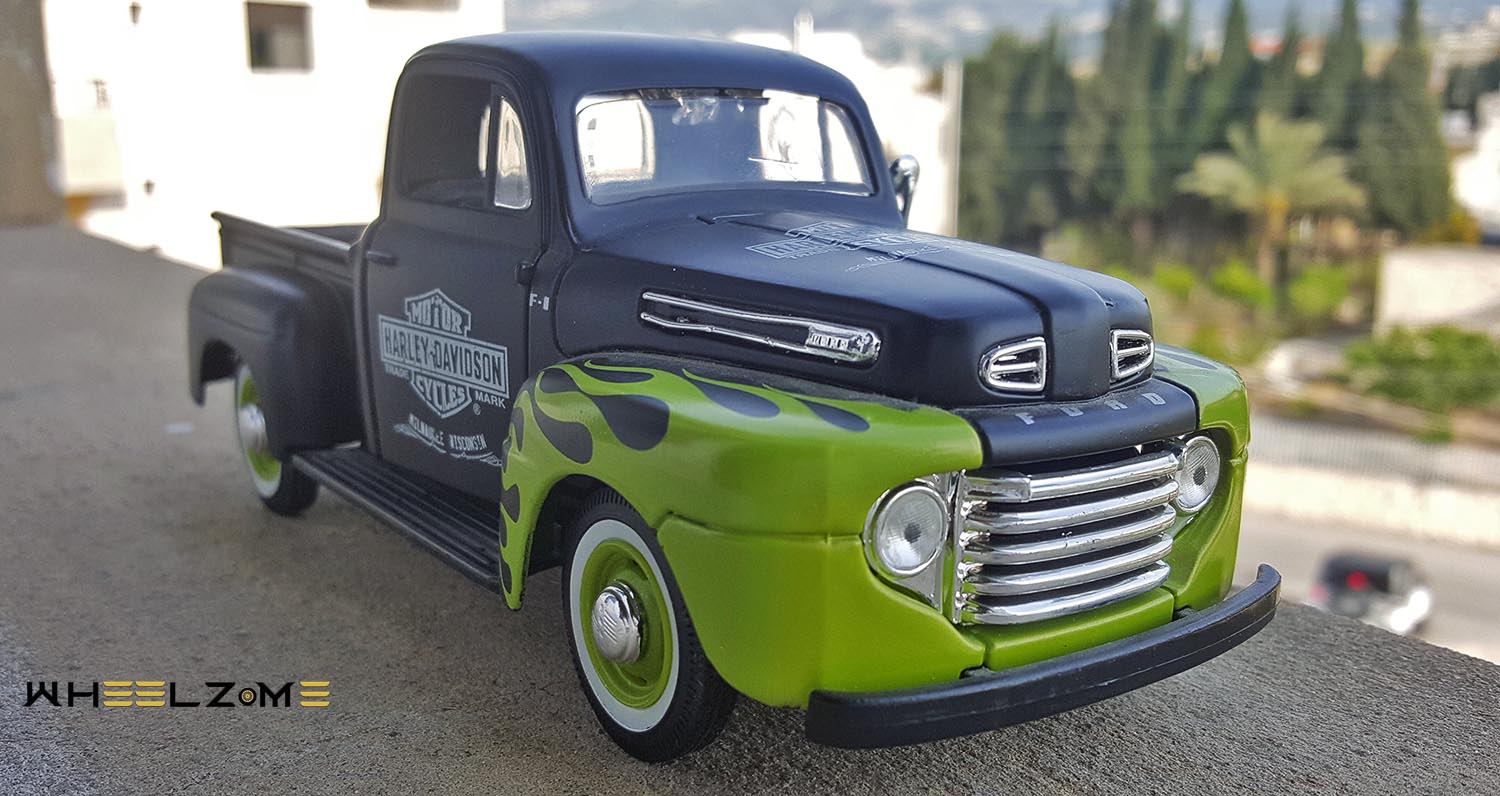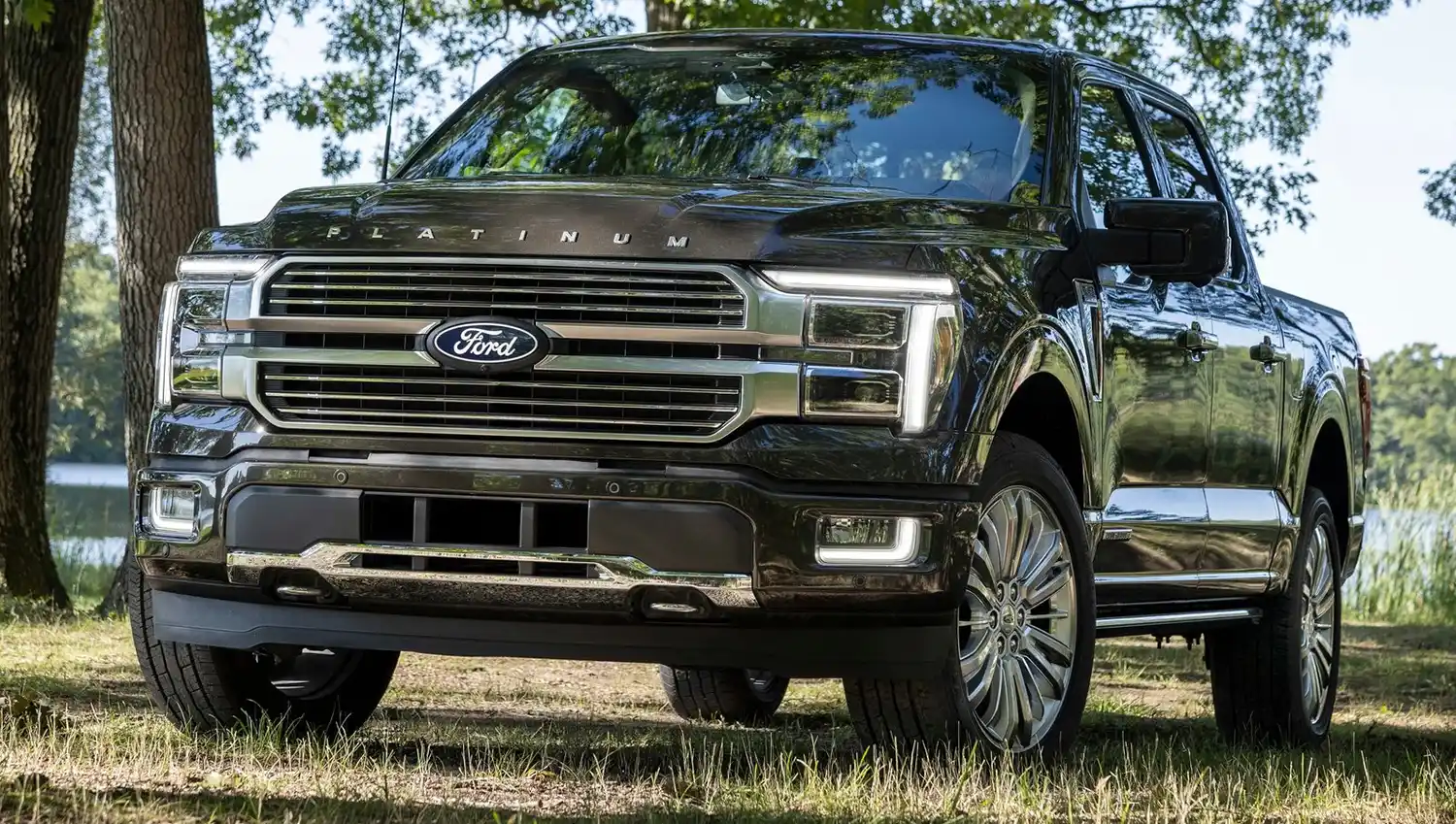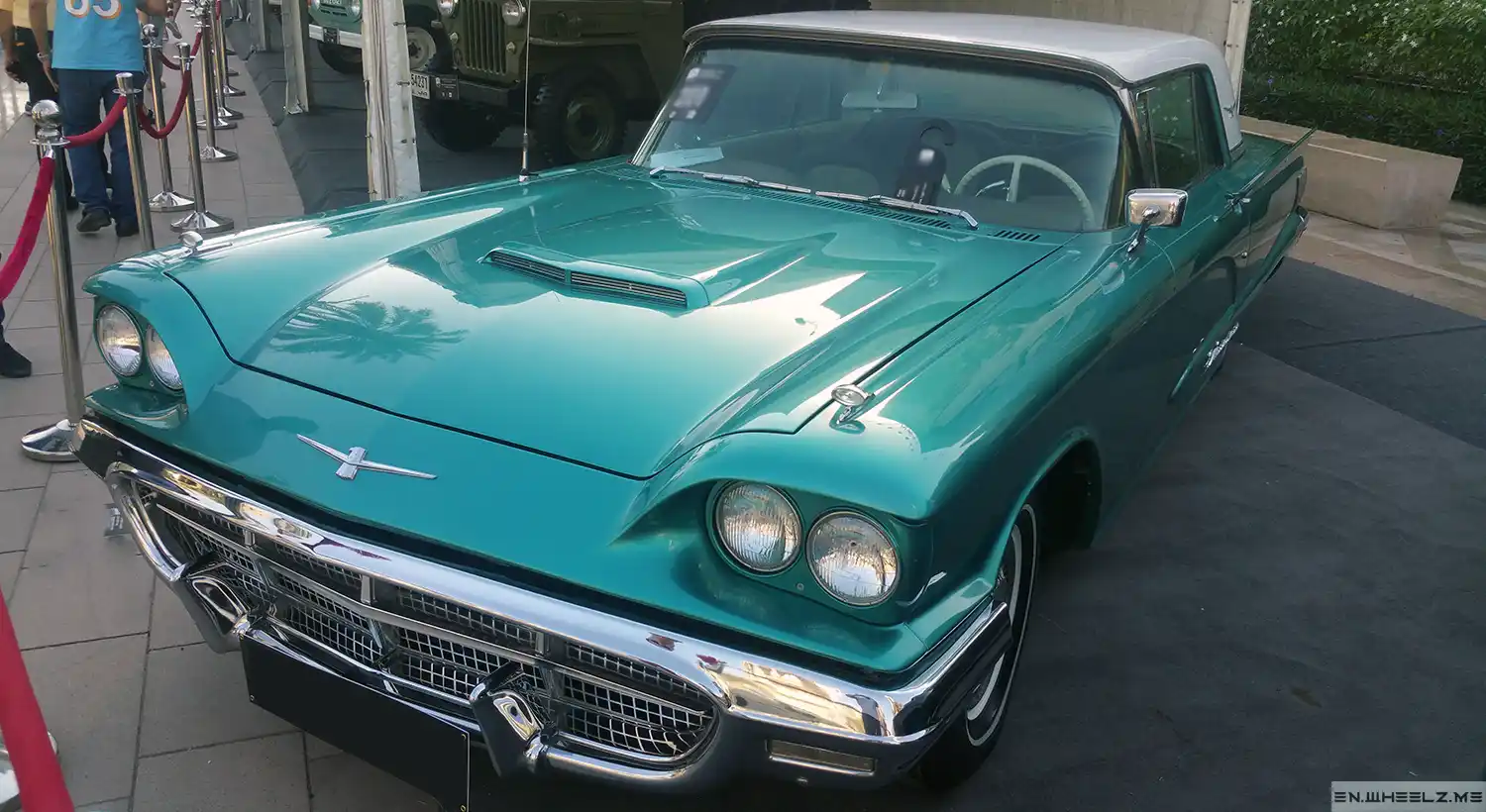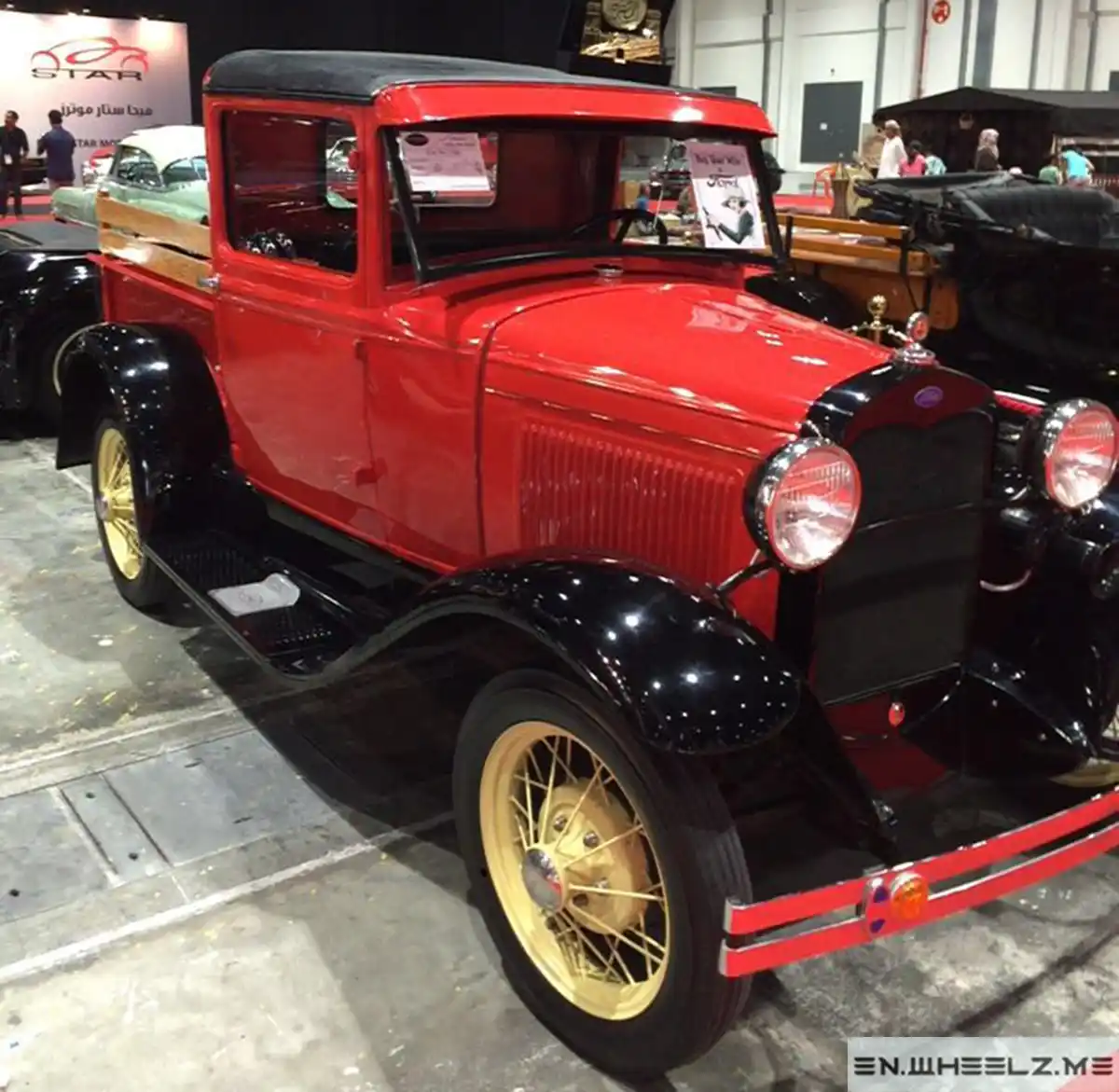

One hundred years ago, on July 27, 1917, Ford Motor Company set off on an adventure that would change the automotive industry forever. It began with the Model TT, a truck based on the hugely successful Model T car, and grew, over the course of a century, into the world’s best-selling truck brand.
Over the years, Ford trucks have been used by farmers, families, soldiers, contractors, racing drivers, and adventure seekers. It is this versatility, capability and reliability that has propelled the company to so many decades of sales leadership, as shared in this look back through history.
But these achievements didn’t happen overnight. What follows is a tale of time, vision, innovation, and the constant quest to deliver trucks that meet and exceed even the greatest expectations.
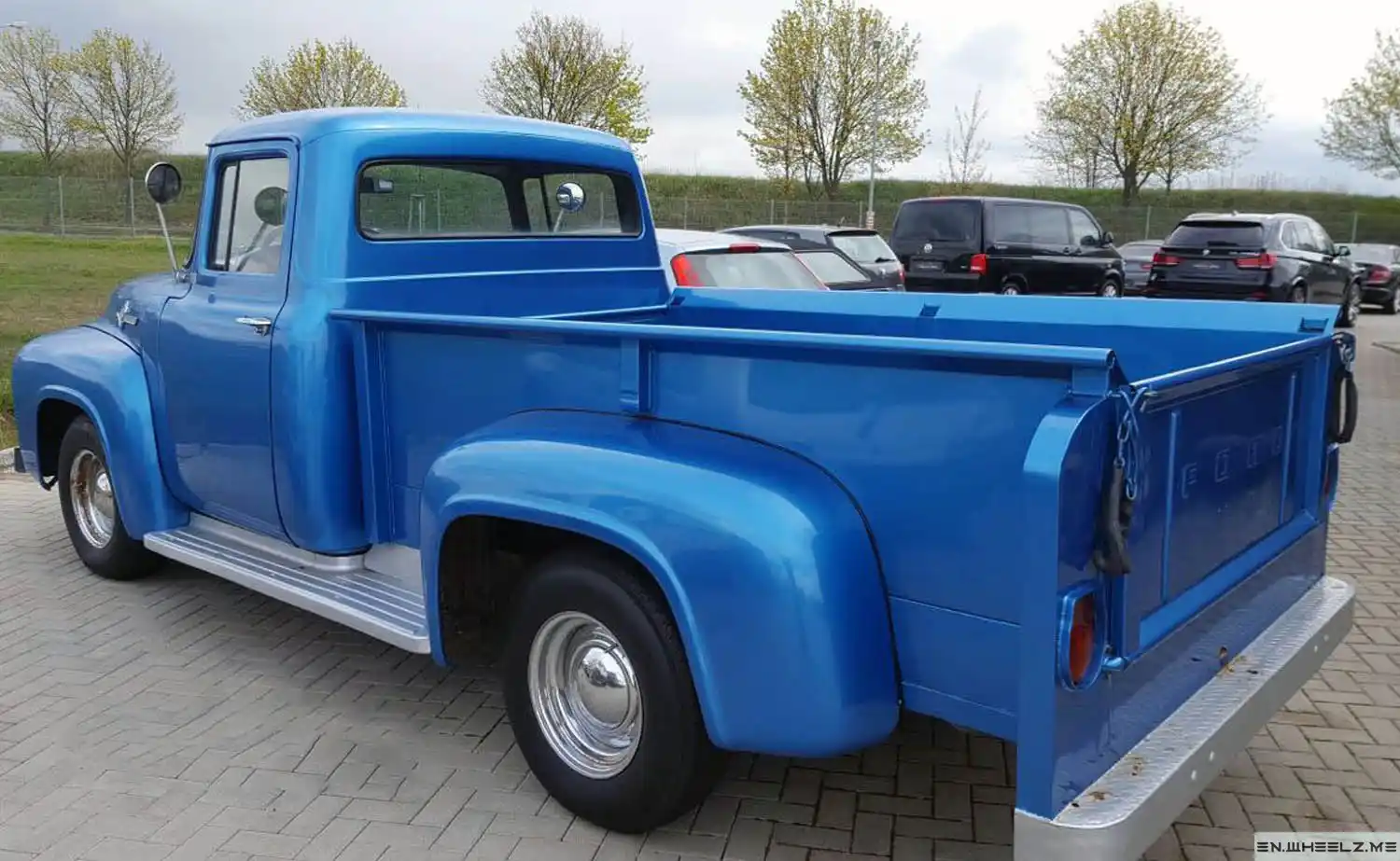
It was the best of times
The year was 1917, and nine years on from the release of the Model T, customer demand was for a vehicle that was tougher and more capable than anything that had gone before. Up stepped the Model TT.
Able to haul a payload of one ton, the TT helped change the way the world did work. Originally sold as a chassis only, with buyers supplying their own body, Ford went on to sell almost 1.3 million TTs until it was replaced in 1928 by the Model A and AA pickup, the latter one of the earliest members of the Ford dynasty of pickup trucks.
A few years later, the Ford Motor Company of Australia received a letter from a farmer’s wife asking for a vehicle that she and her husband could take to town on weekends, but which could also carry a load of animals to market on Monday. And so came the Ford coupe-utility – the ute – in 1934, a vehicle synonymous with Australia, and representative of another key element of the company’s heritage; listening and responding to the needs of the people.
“With vehicles such as the early utes and pickups, Ford began changing the perception of trucks,” says Robert Kreipke, Ford’s Corporate Historian. “Whereas at one time trucks were considered purely work tools, Ford began to evolve them into a much more balanced vehicle for both work and recreational use.”
“These trucks provided inspiration for the later development of vehicles such as the F-Series and Ranger, which have been hugely successful across diverse markets all over the world,” said Kreipke.
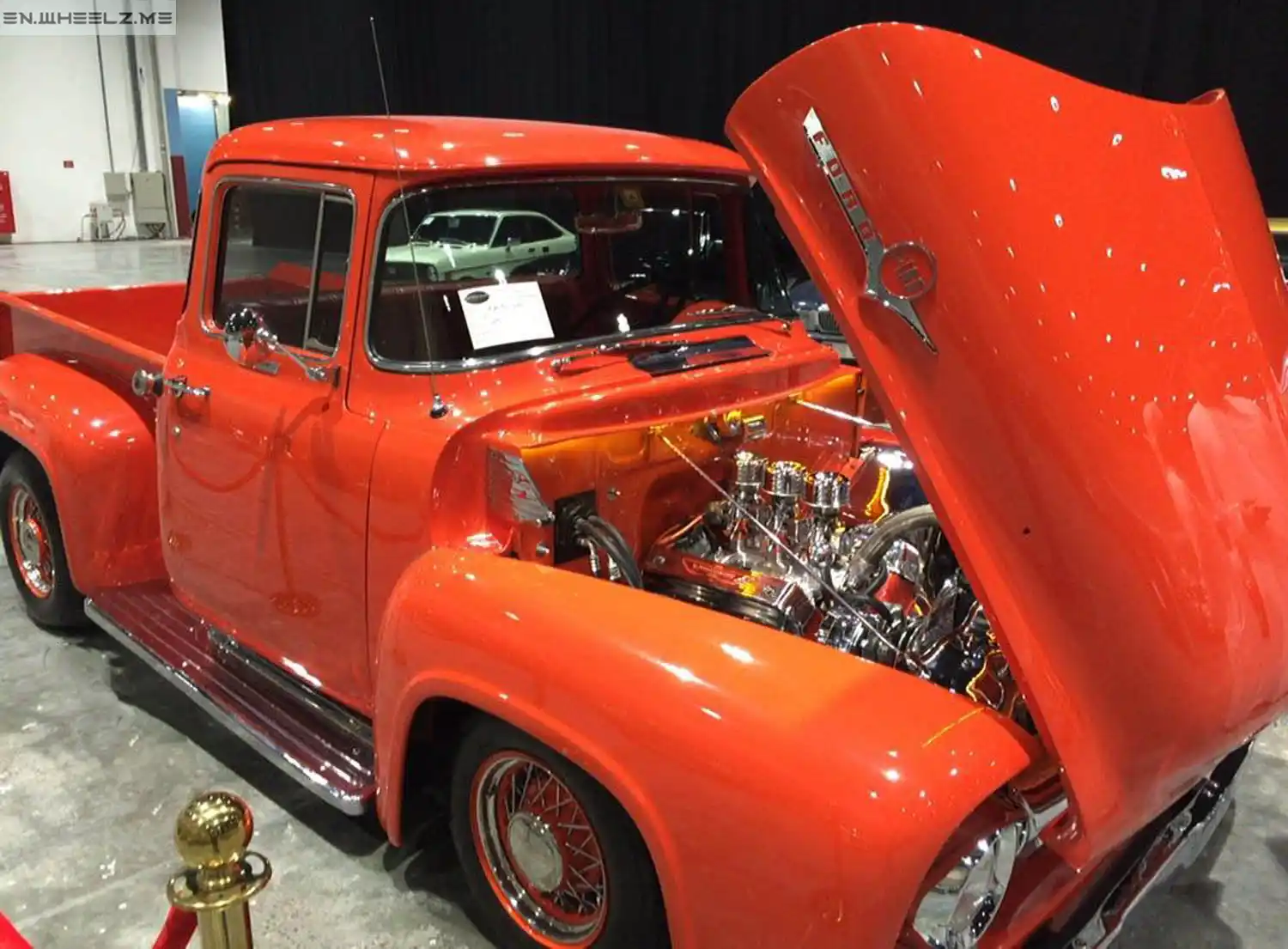
Around the world in 40 years
In the aftermath of World War II, Ford refocused its attention on North American truck design, and 1948 saw the introduction of the company’s first purpose-built truck platform, and with it the opportunity to greatly increase the capability of Ford vehicles.
The first of this versatile new style of trucks was available in eight sizes, from the half-ton capacity F-1 to the three-ton capacity F-8; the birth of the famous F-Series, which has been the best-selling pickup in the United States every year since 1977, and the country’s best-selling vehicle outright for 35 consecutive years. In the Middle East, the F-150 has become the truck of choice for a new generation of thrill seekers, and in South Africa, the Ford Ranger is not only the country’s best-selling light commercial vehicle, but best-selling vehicle overall for the first half of 2017.
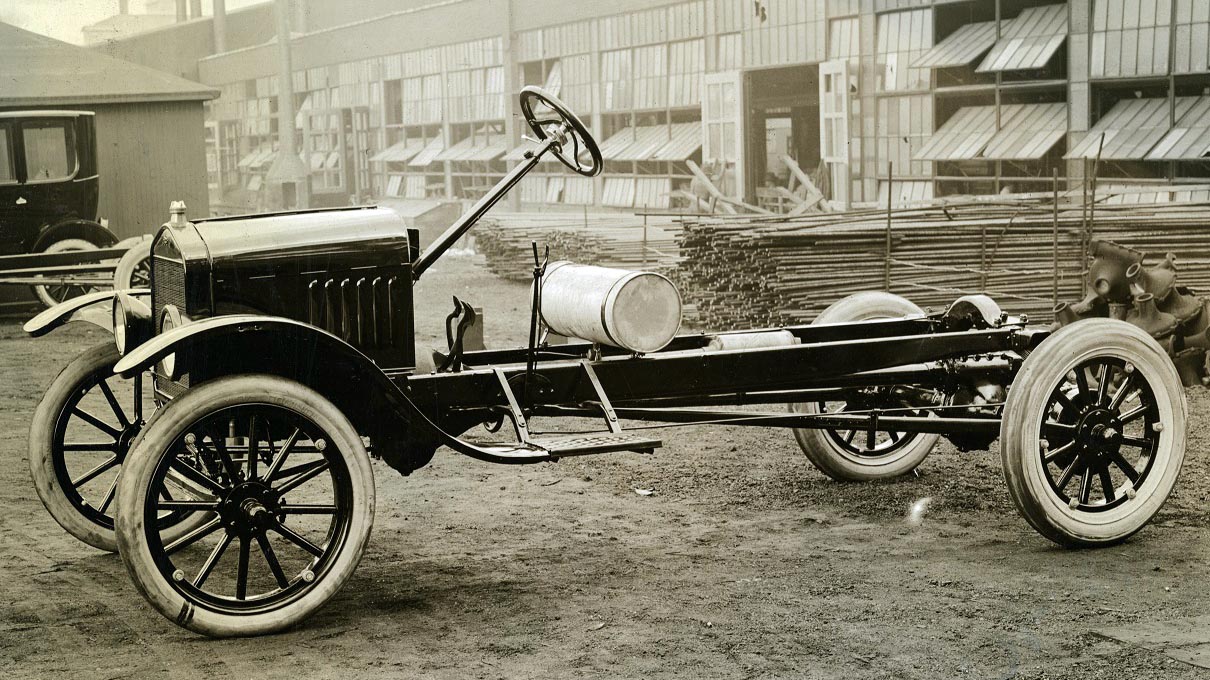
With each successive generation, Ford has continued to create and add features based on customer needs, with continuous innovation always key to its success.
The Tough that Ford Built
In 1976, a copywriter for a Ford truck magazine advertisement wrote three simple words: Built Ford Tough, the phrase that would come to epitomise Ford’s commitment to creating strong, capable, safe and powerful trucks. It now defines what customers across the world have come to expect from the blue oval brand.
One of the first mass-produced Built Ford Tough vehicles was the Ford Ranger, the company’s first compact pickup truck introduced in North America in 1982.
Originally designed and built in the U.S., Ranger’s reputation as a tough, smart and capable vehicle quickly caught on, leading it to thrive in a number of diverse markets around the world. It is now the most bought midsize pickup in Europe, South Africa, New Zealand, and a number of other key markets.
A Brave New World
Over the years, Ford has continued to innovate and explore the performance and specialty truck segments, and the introduction of the Raptor name with the F-150 SVT Raptor in 2009 took this to even greater s.
Inspired by desert racing trucks, Raptor has always been the ultimate high-performance off-roader, and its advances in areas such as engine efficiency, suspension, smart technology and raw power embody not just the Build Ford Tough spirit, but also the way Ford has influenced, revolutionised and reshaped how the world looks at trucks.
Ford introduced the new 2017 F-150 Raptor to the region this year. Powered by an all-new, high-output 3.5-litre EcoBoost® engine, the Raptor is tougher, smarter and more capable than ever before. The F-150 Raptor’s no-compromise performance has made it the ultimate truck of choice by off-road fanatics all over the Middle East.
The future looks just as certain for Ford trucks too. The company recently revealed the industry’s first pursuit-rated pickup – the F-150 Police Responder. Capable of speeds up to 160 km/h, the F-150 Police Responder features a powerful and efficient 3.5-litre EcoBoost® engine and Ford SelectShift® 10-speed transmission, plus four-wheel drive for all-terrain police performance. The truck offers 375 horsepower and 637Nm of torque – more than any other pursuit-rated police vehicle.
So while the styling, power and capability of Ford trucks have all changed since the first Model TT rolled off the assembly line a hundred years ago, the company’s core mission to provide vehicles that address and surpass customer demands has remained the same, surviving even the greatest test of all: time.
Ford Facts:
- The Model A, and subsequently the Model AA, were the first vehicles to sport an early version of the Ford script in an oval badge.
- More commonly known as the ute, the coupe-utility was designed by Lewis Bandt, at the time Ford of Australia’s only vehicle designer.
- In 1941, Ford temporarily put a stop to all civilian vehicle production and began producing the first ‘general purpose’ vehicles – GPs, or jeeps – to assist the Allied effort in WWII.
- The Ranger, which is produced at Ford’s Silverton Assembly Plant in Pretoria, is exported to over 148 markets in Europe, the Middle East and Africa. The plant underwent a $9.5-million upgrade to its production line earlier this year.
- Ford has sold 26 million F-Series trucks in the U.S. since January 1977. If placed bumper-to-bumper, the line would be over 145,000 kilometres long, more than three-and-a-half times the circumference of the Earth.
